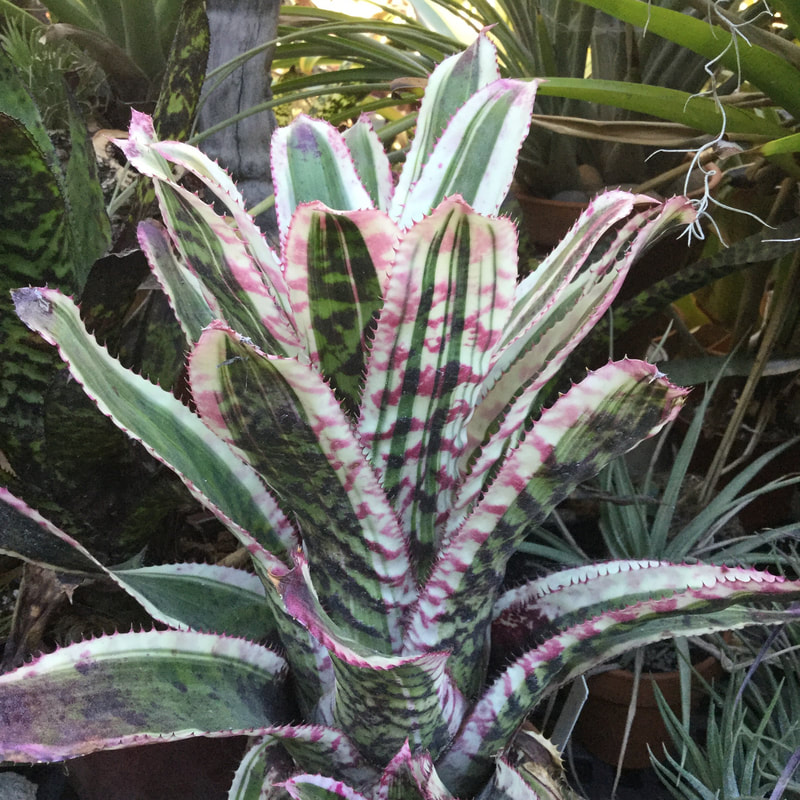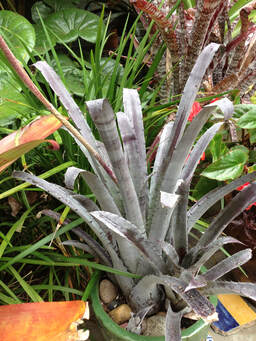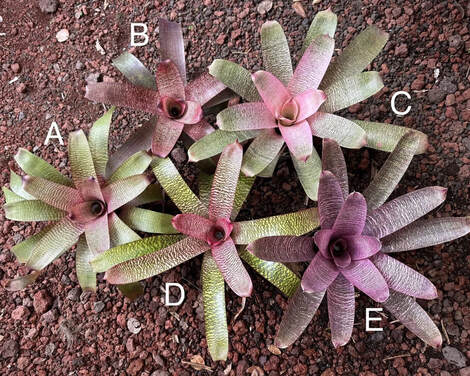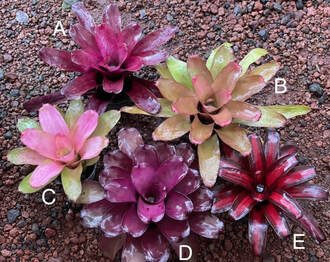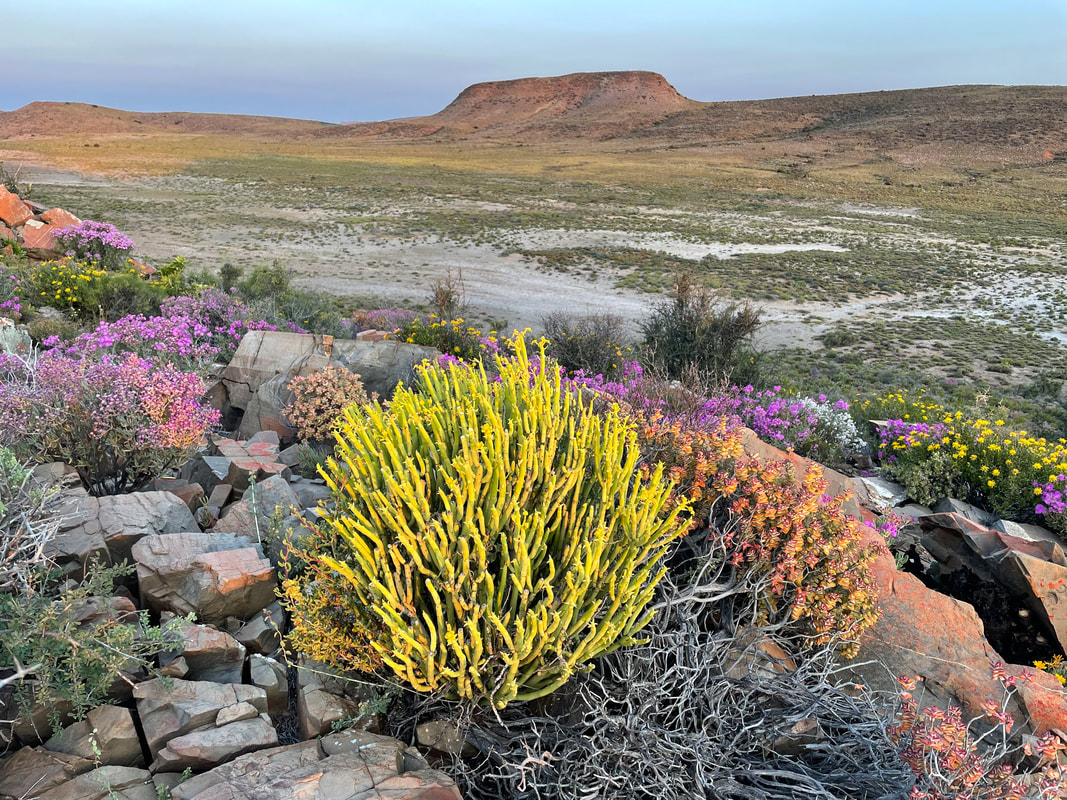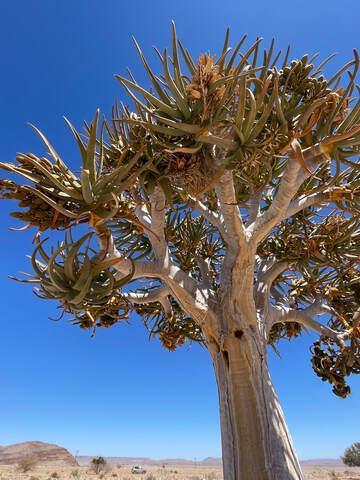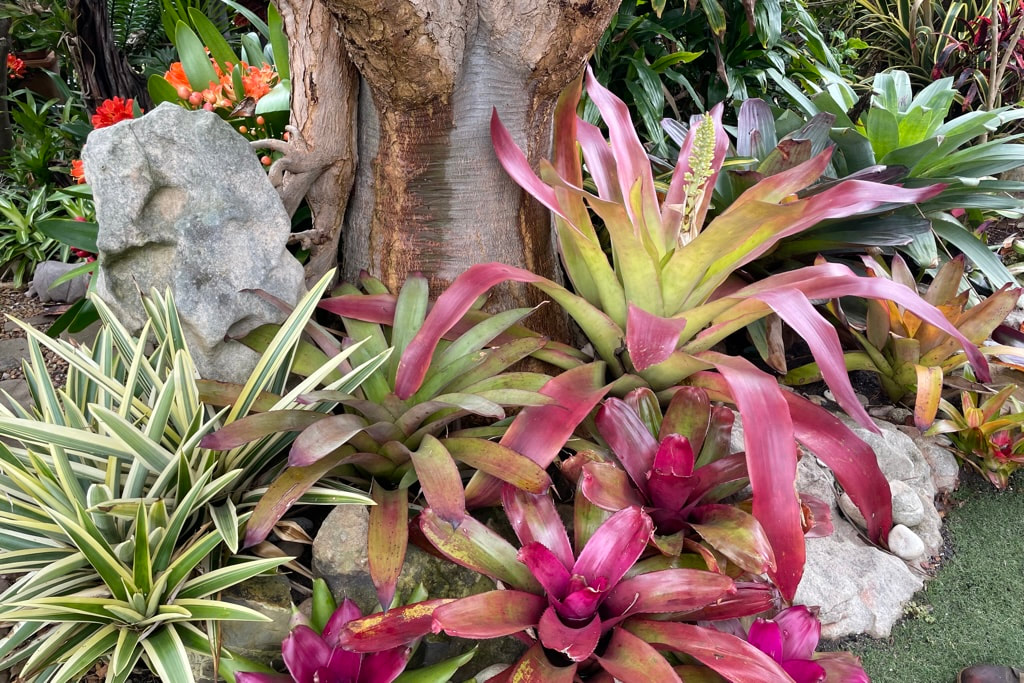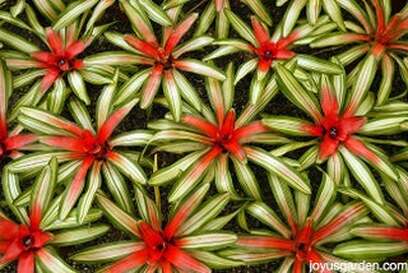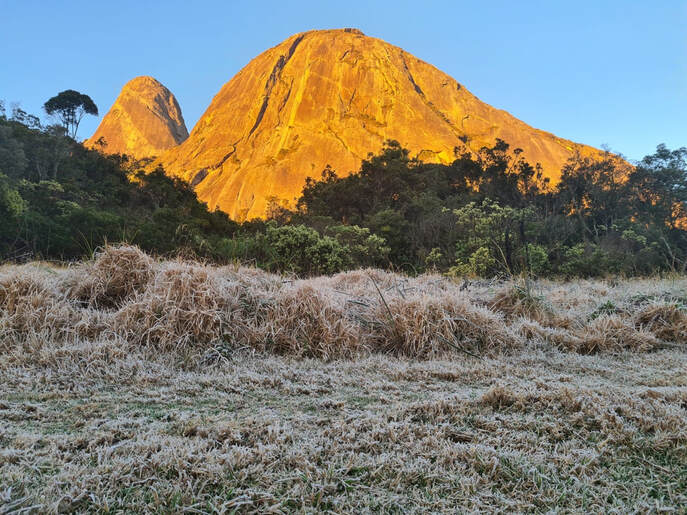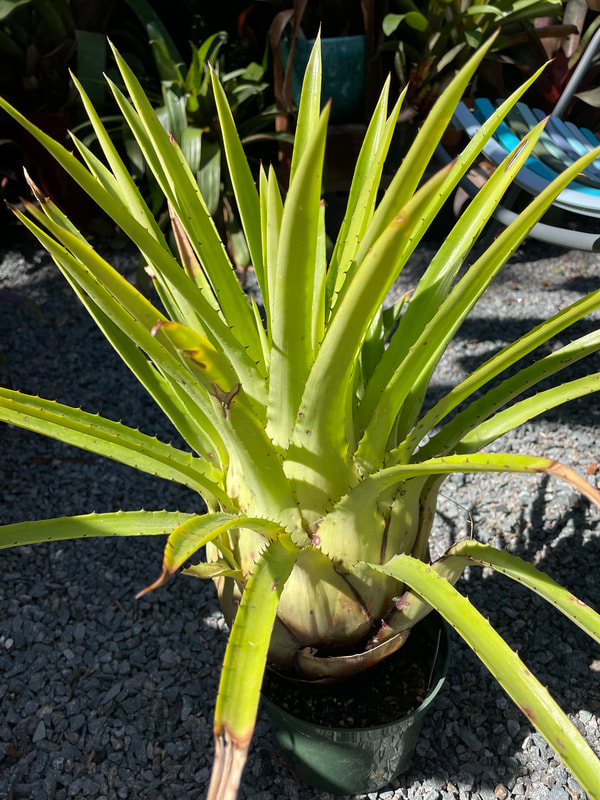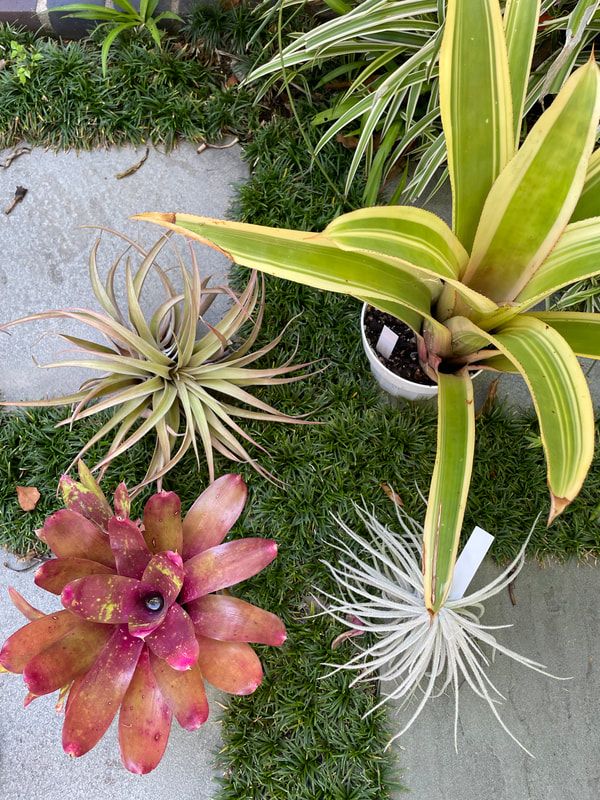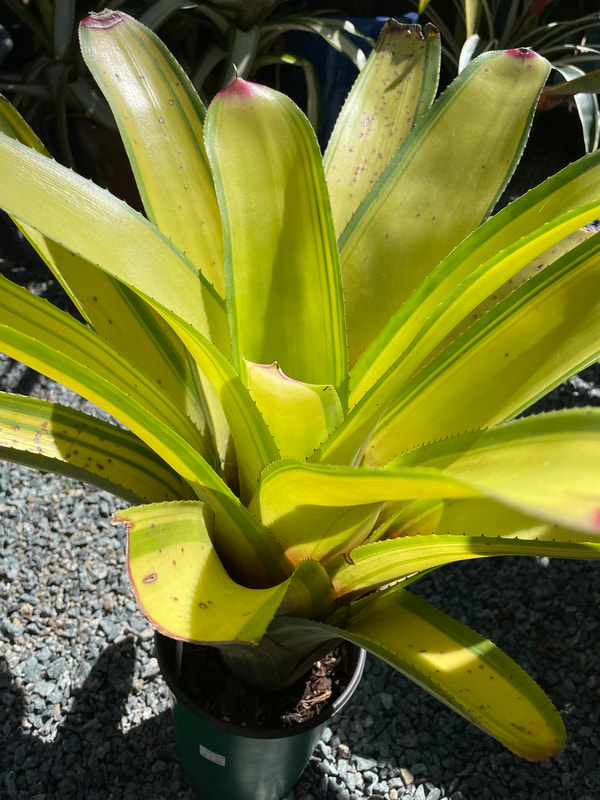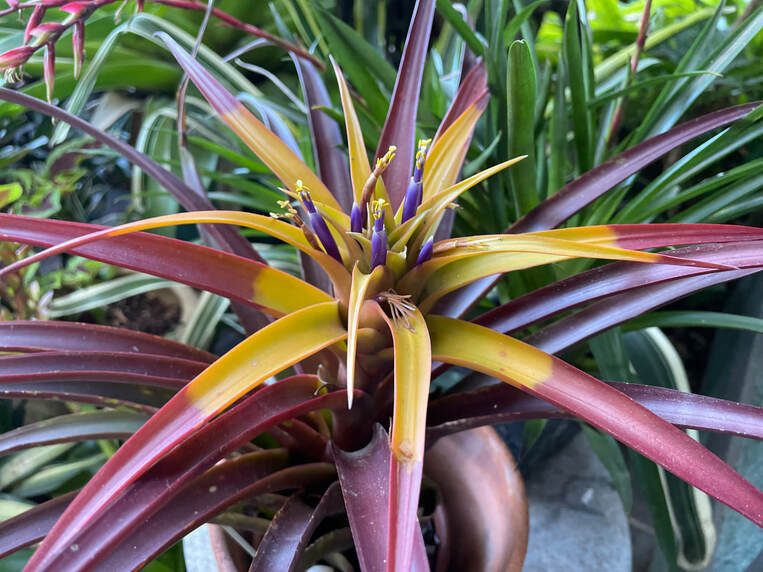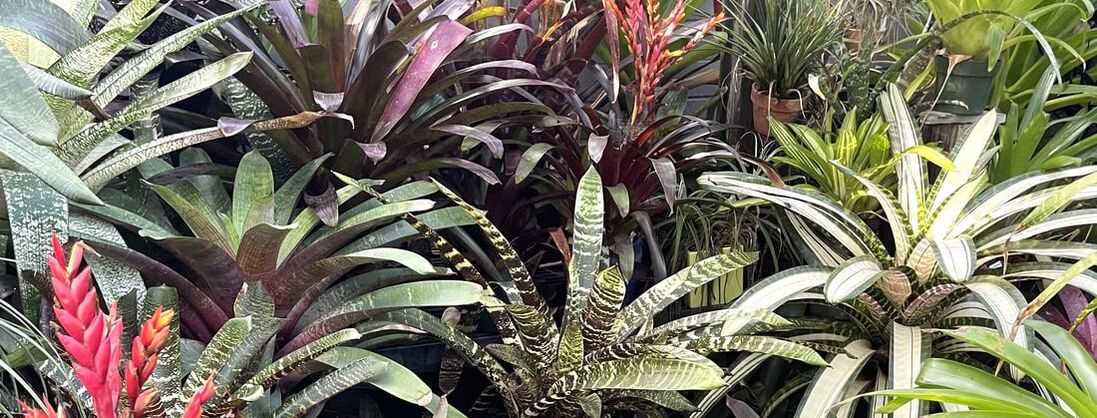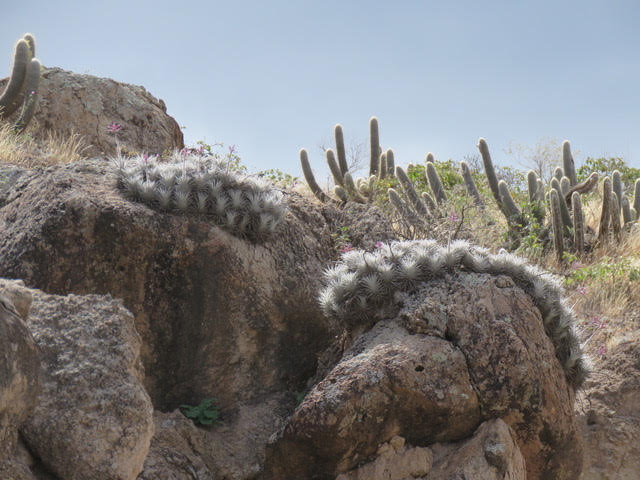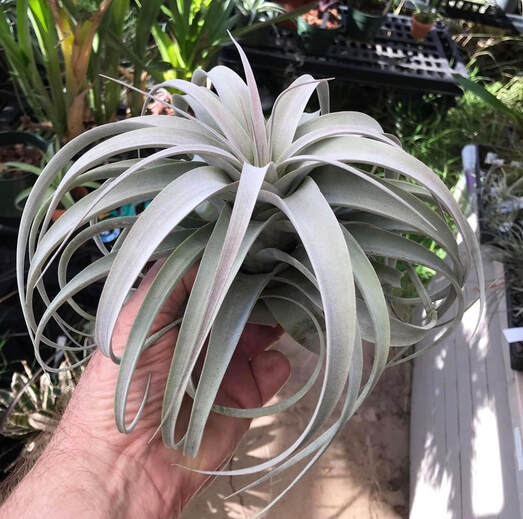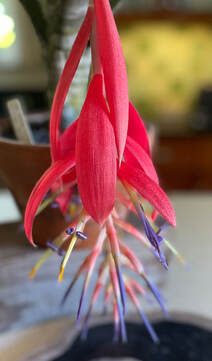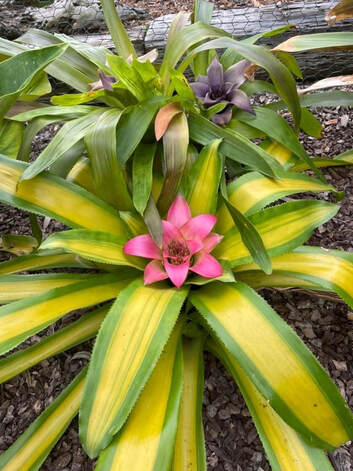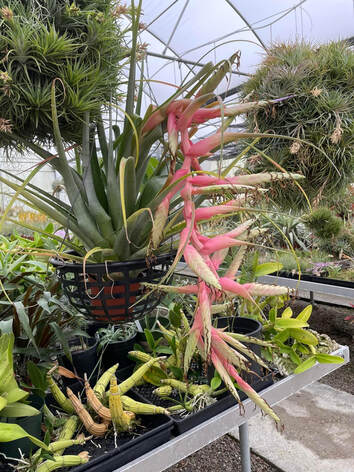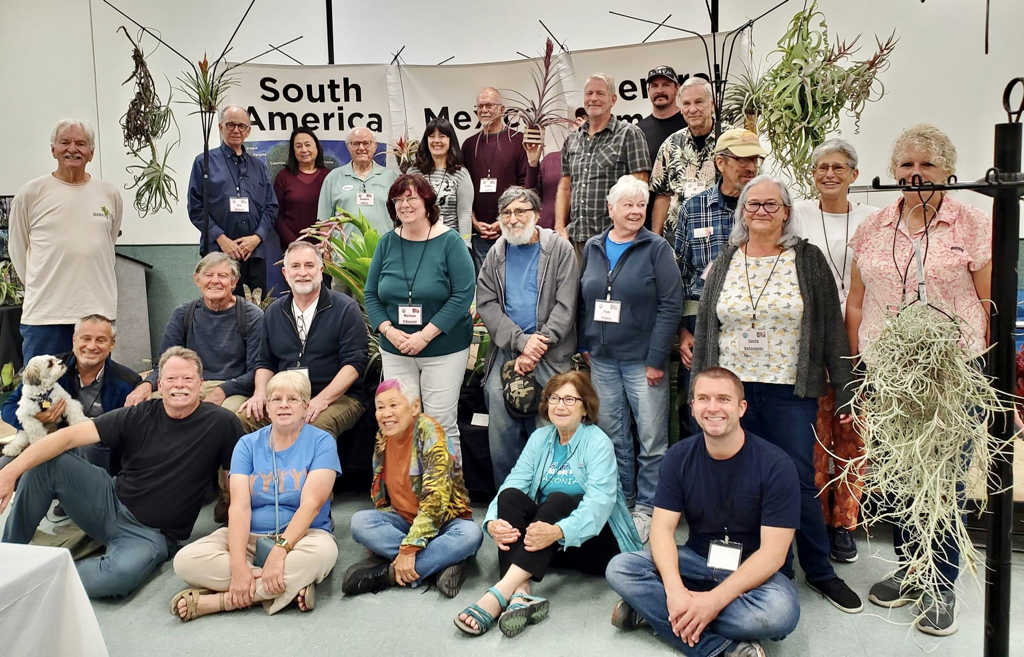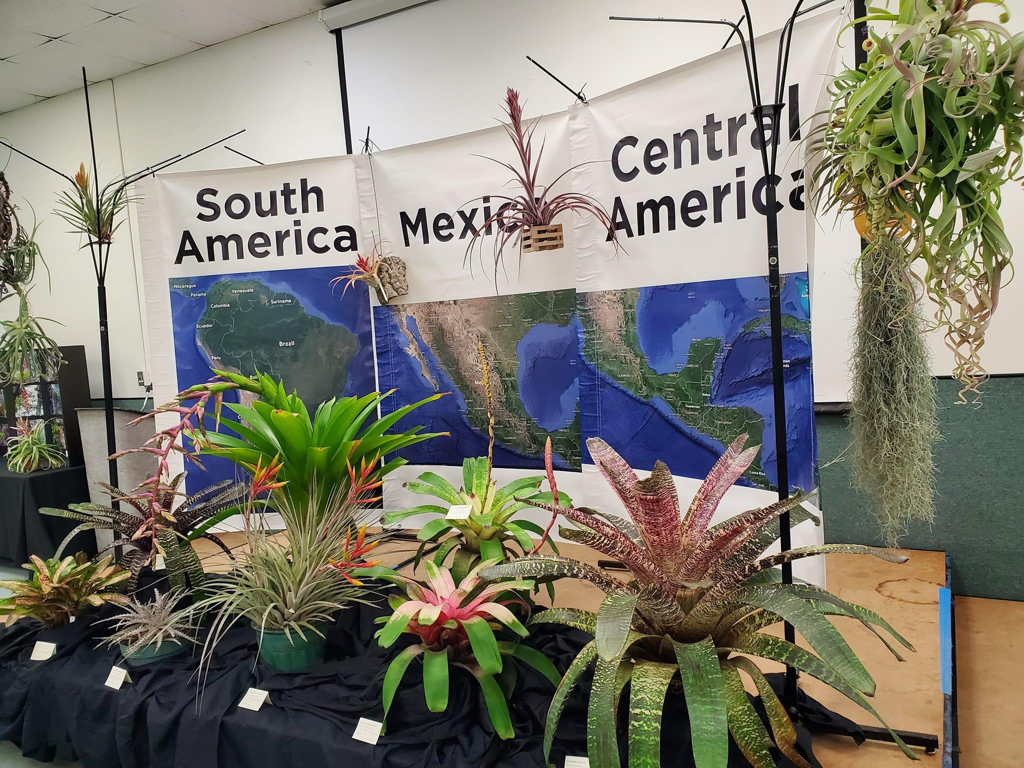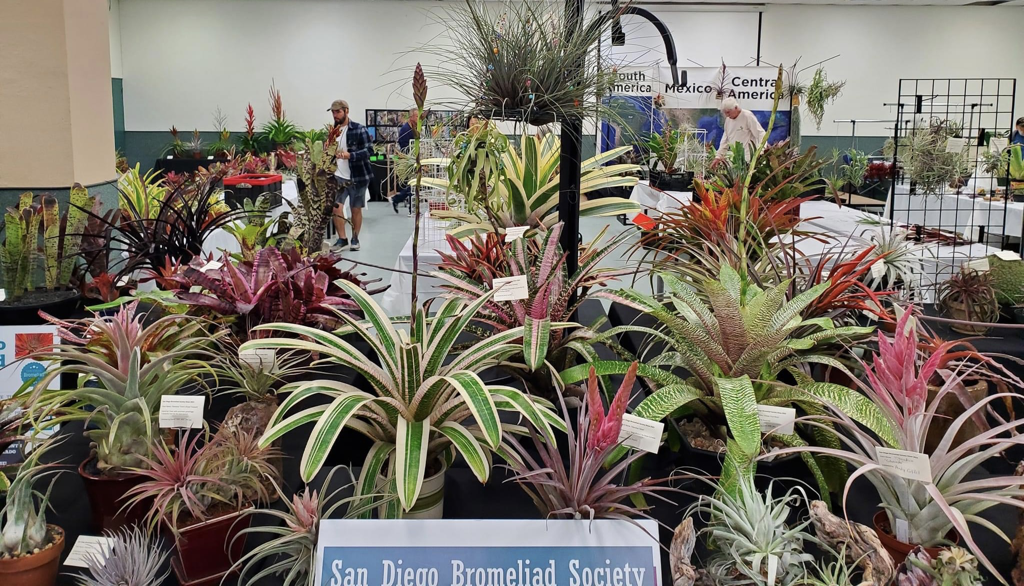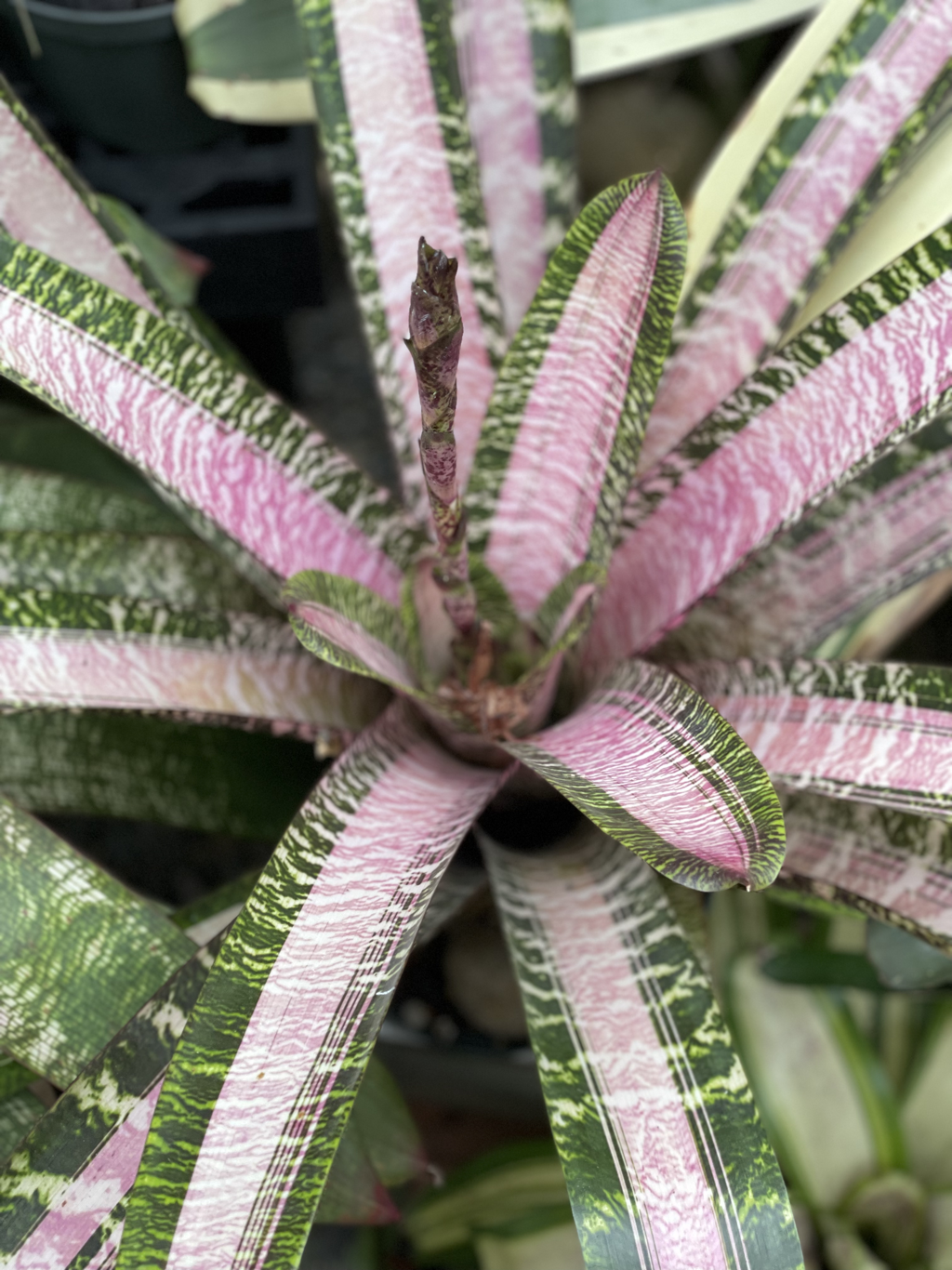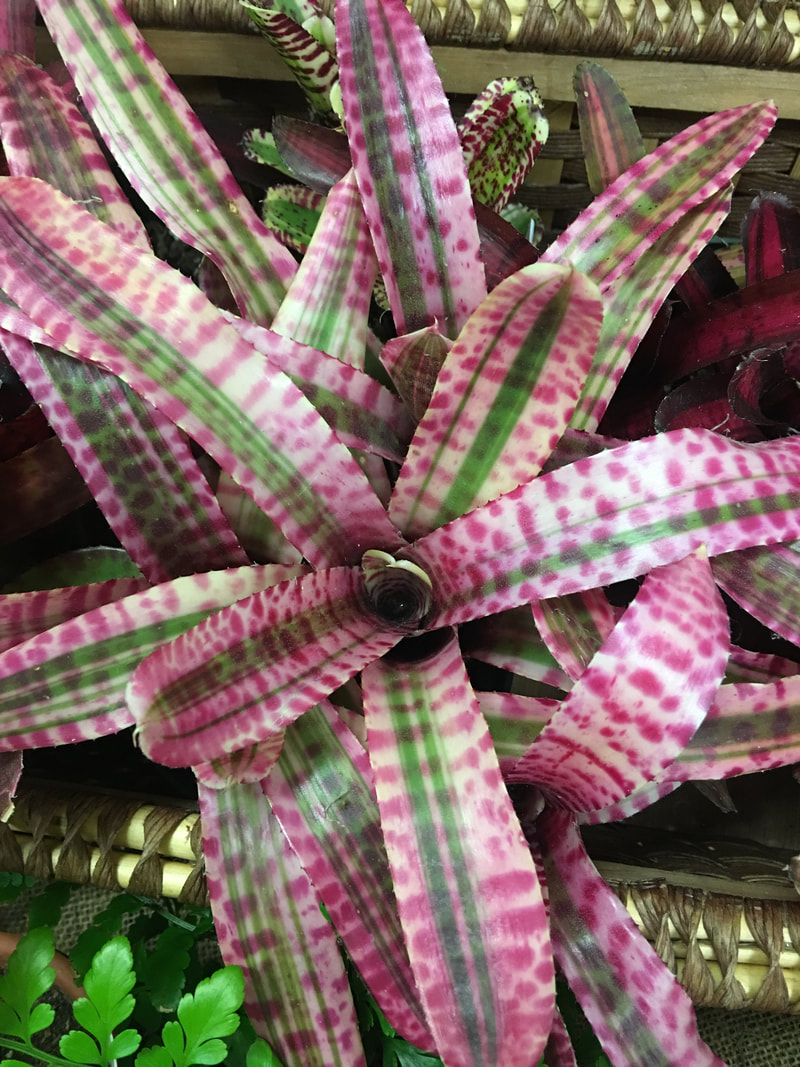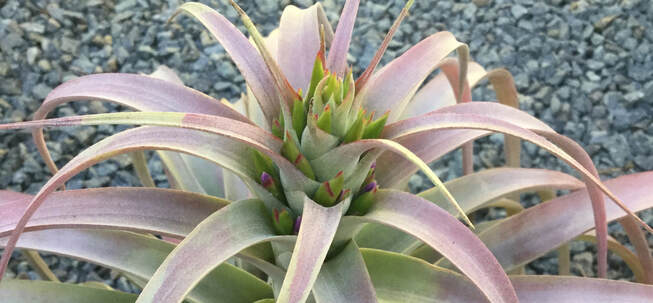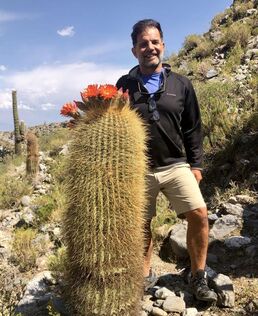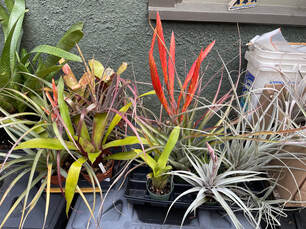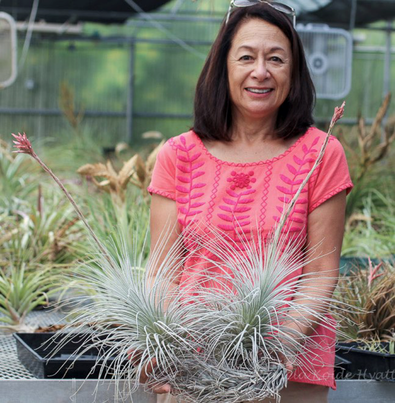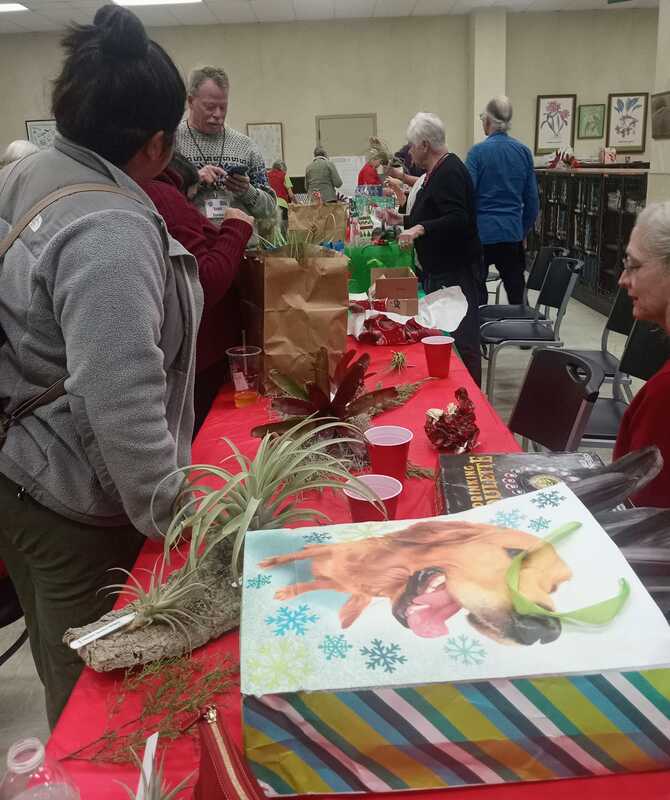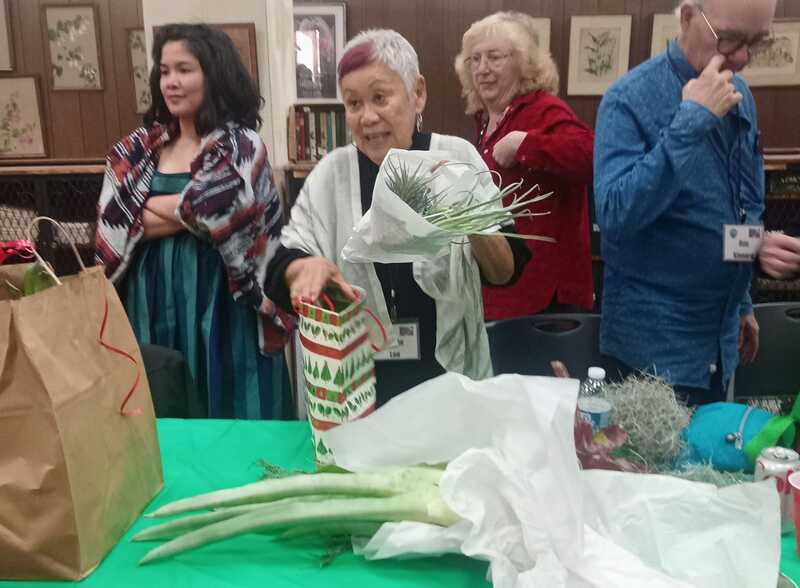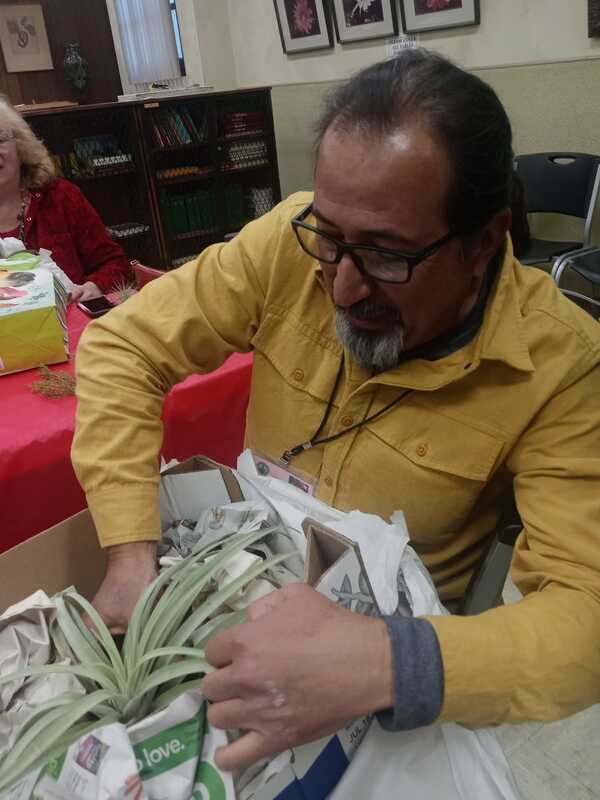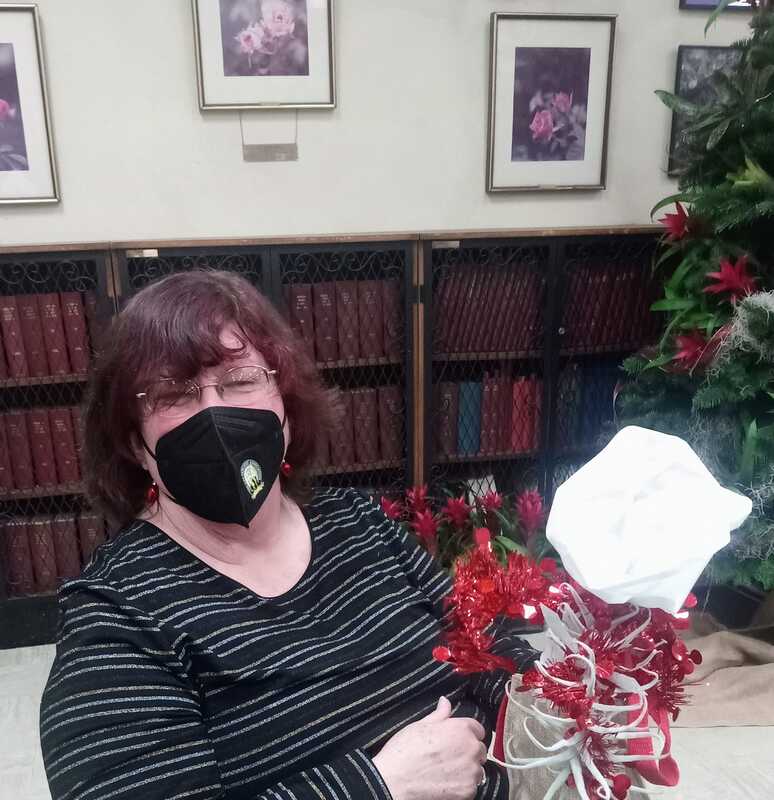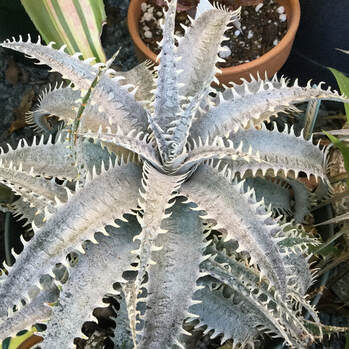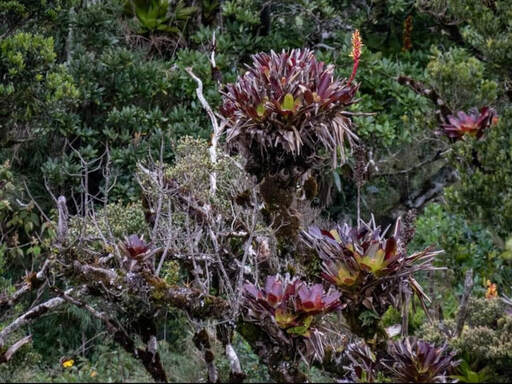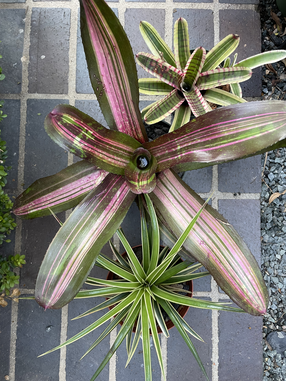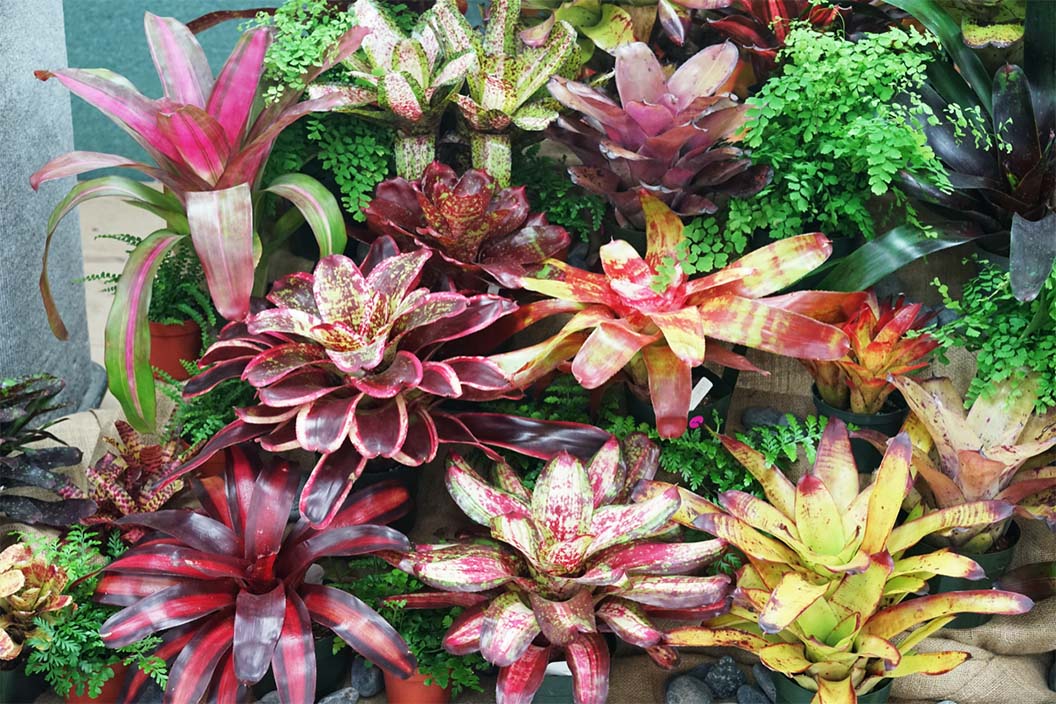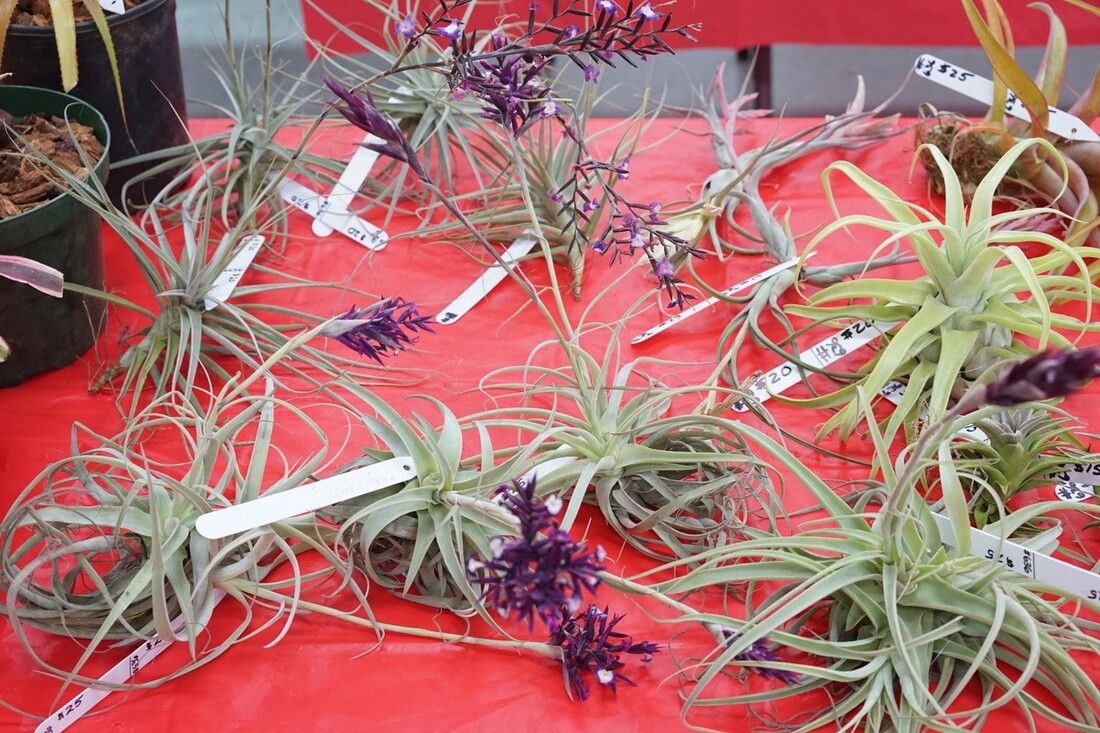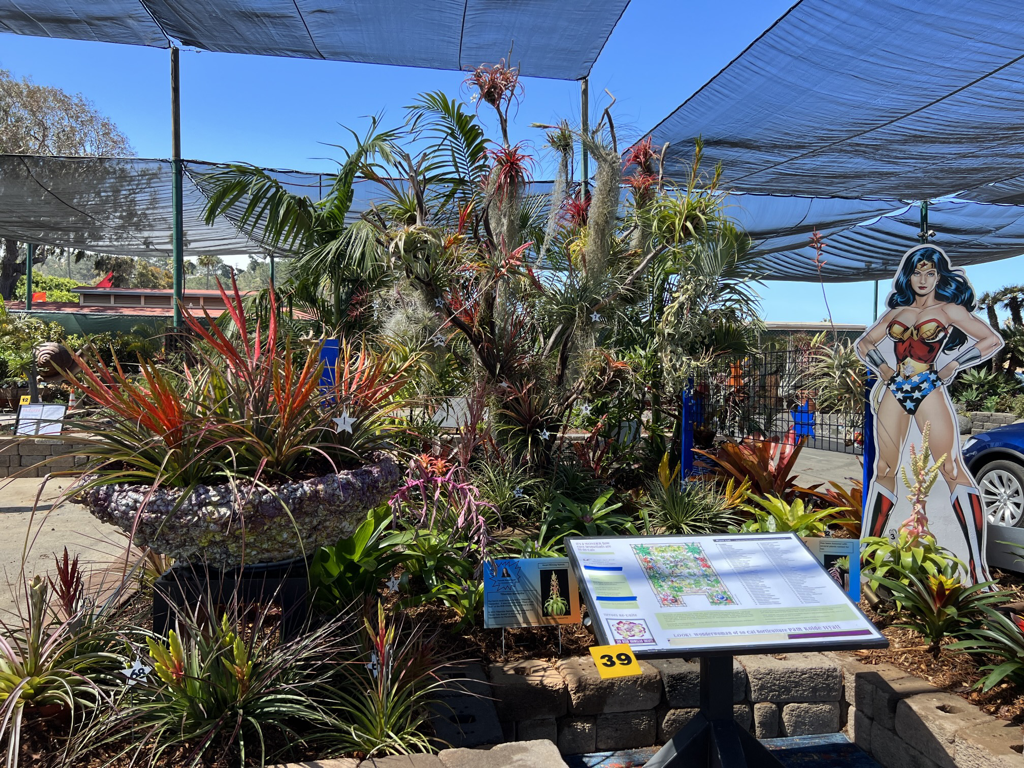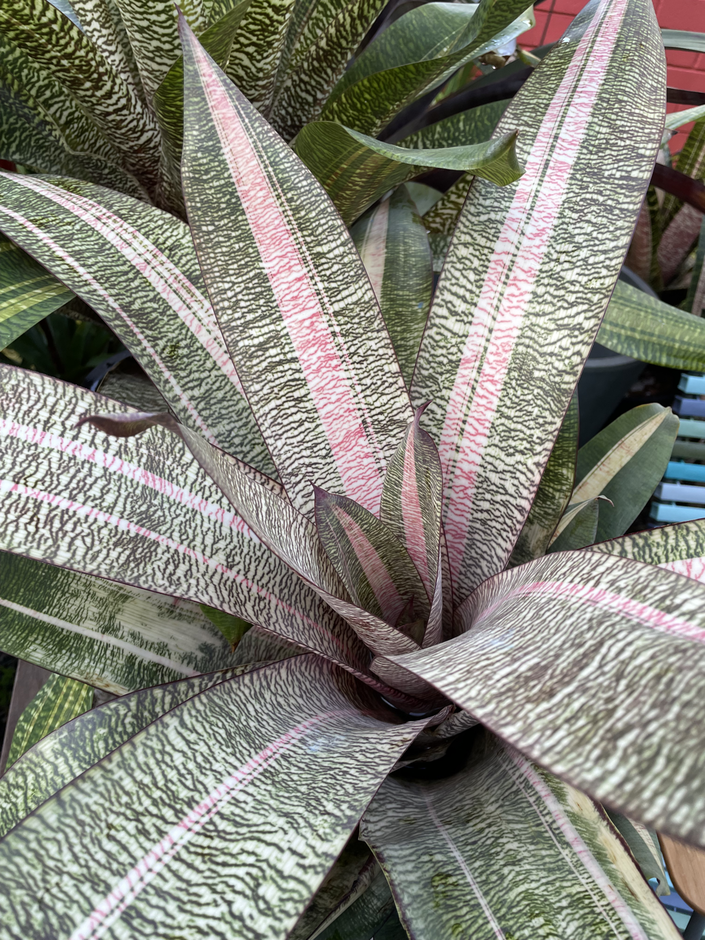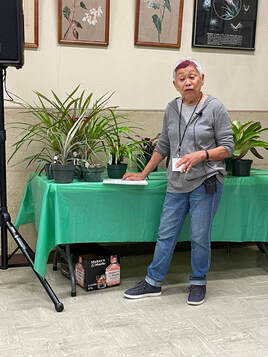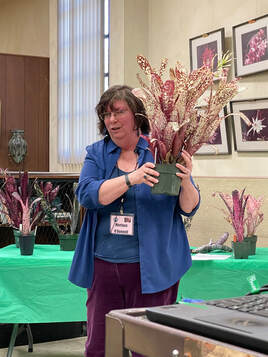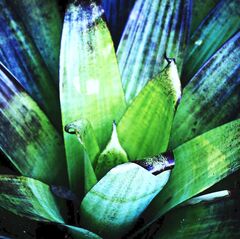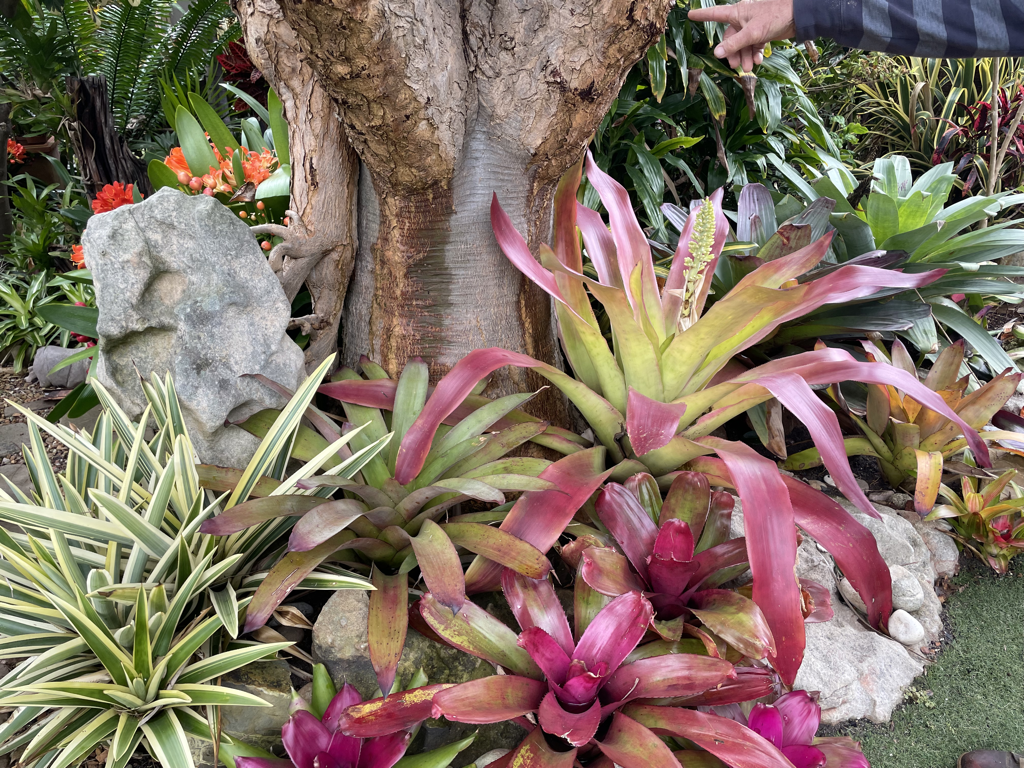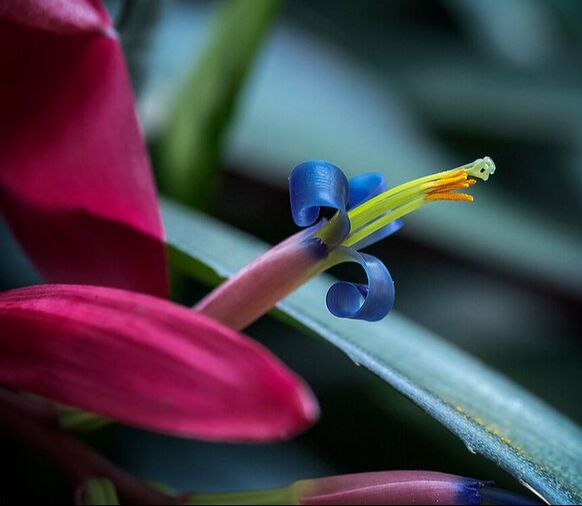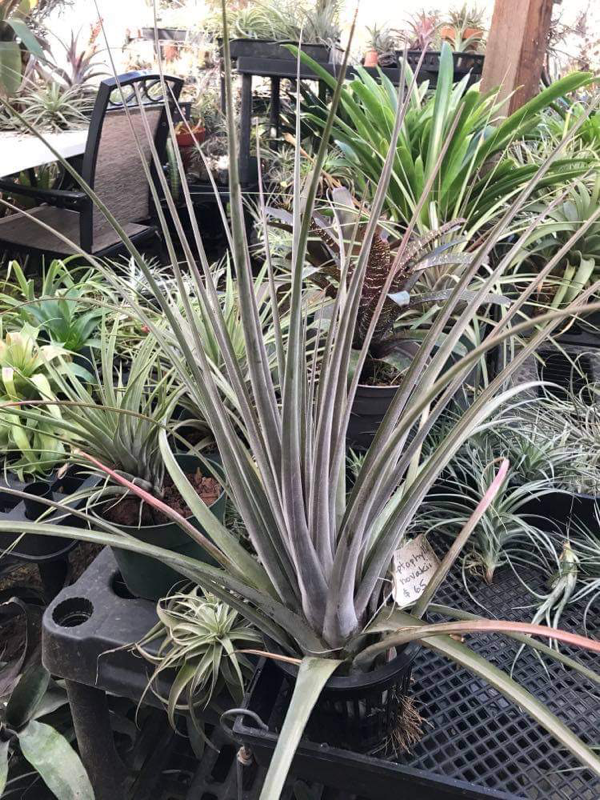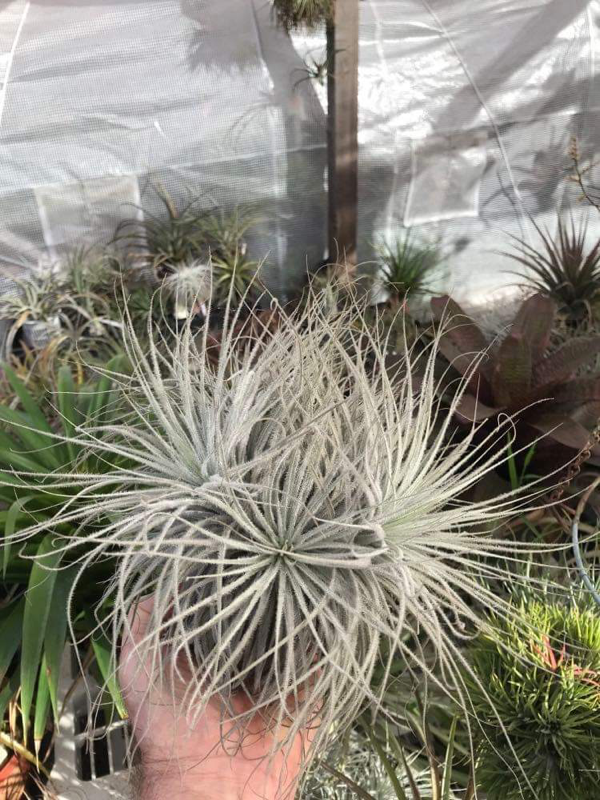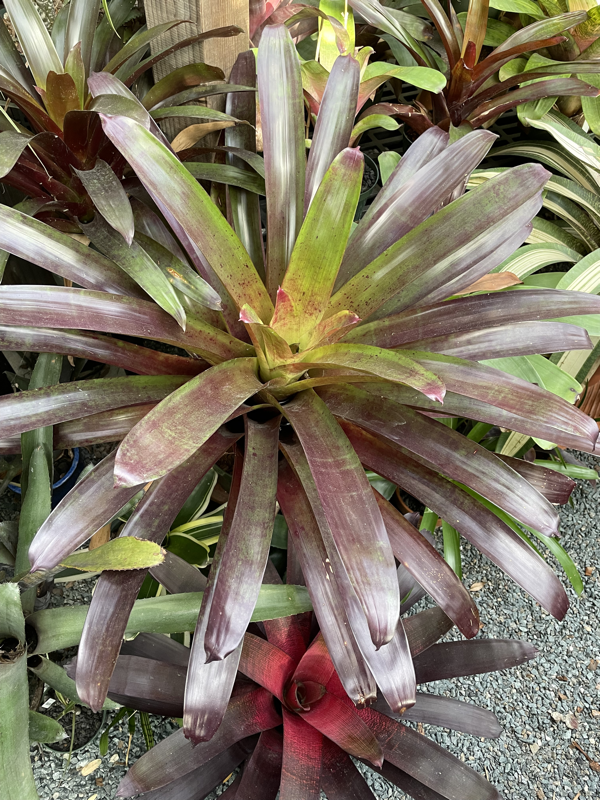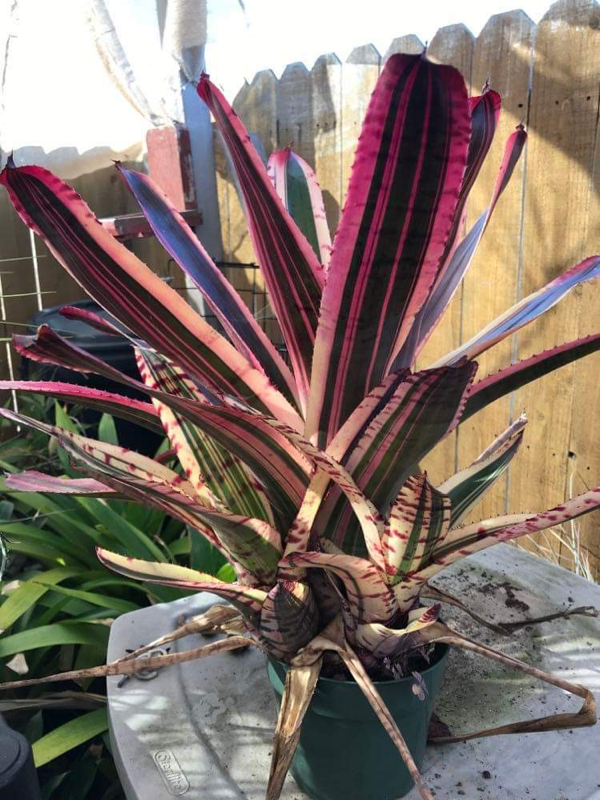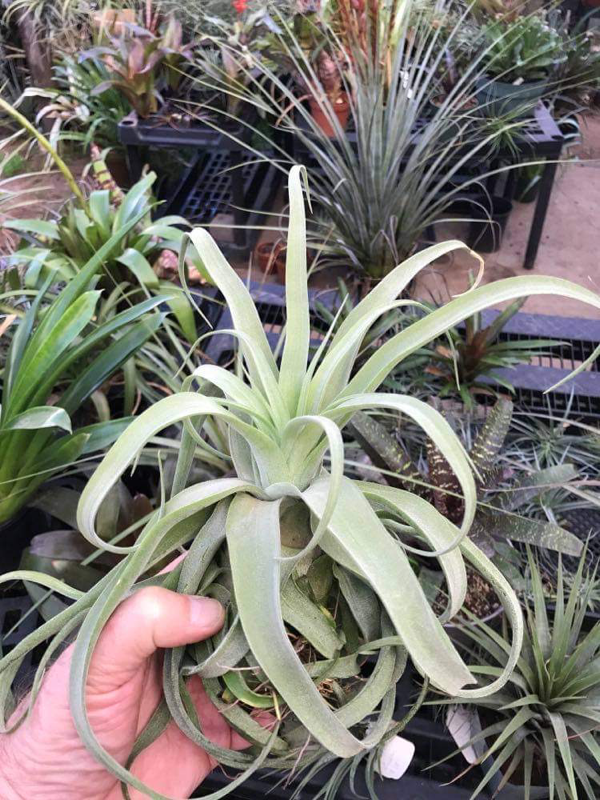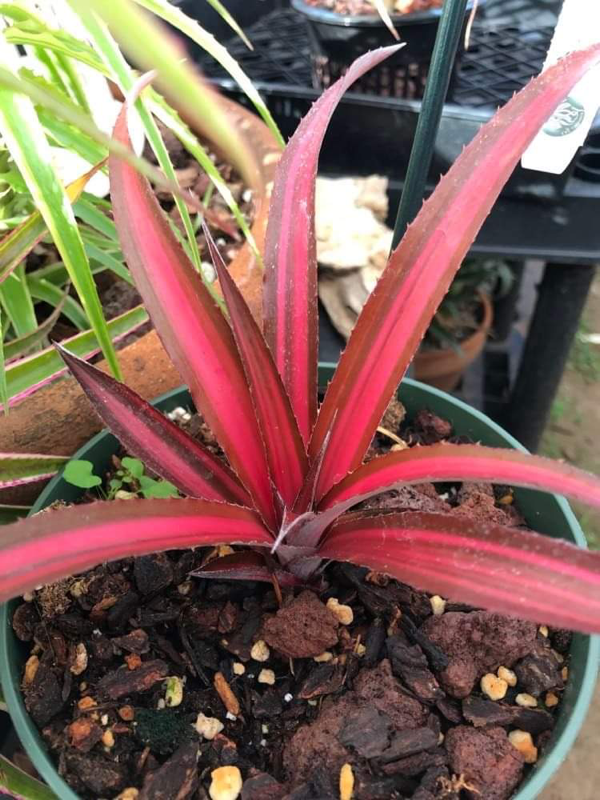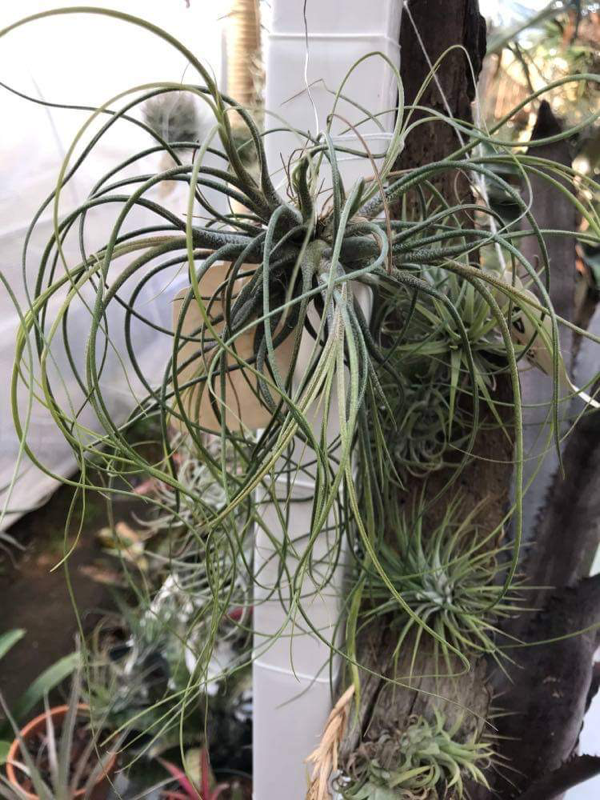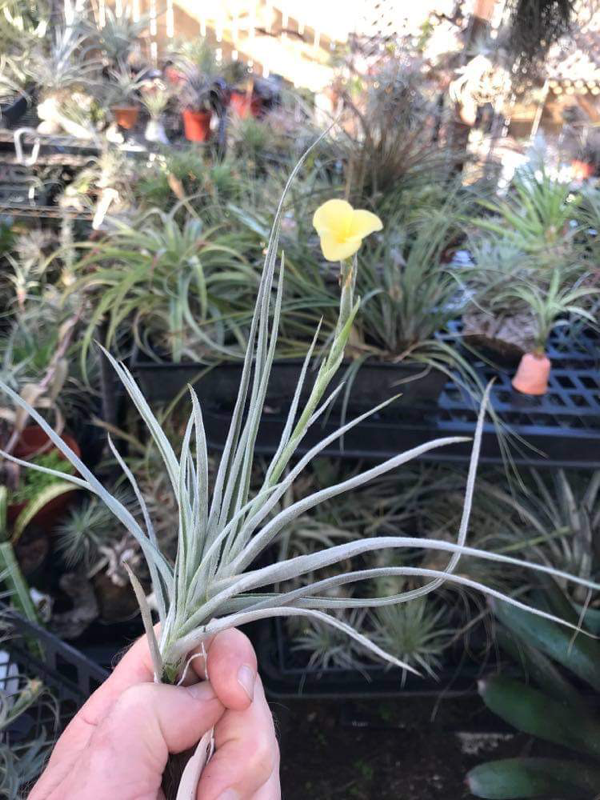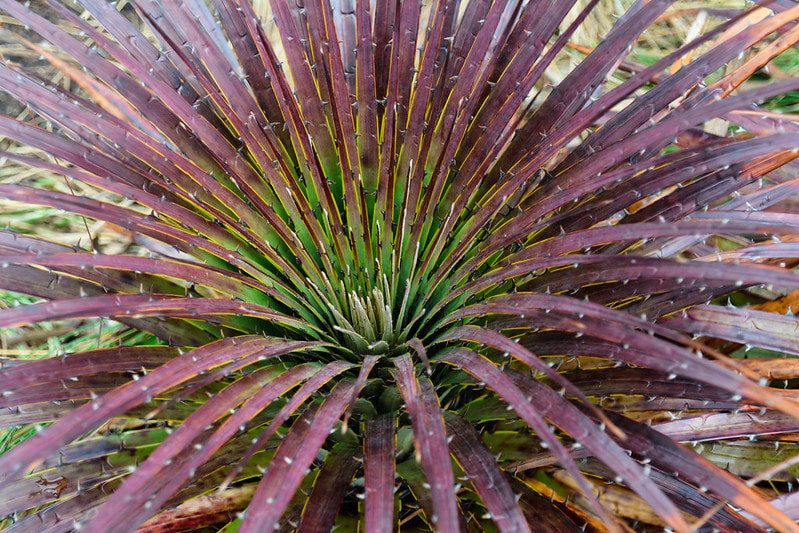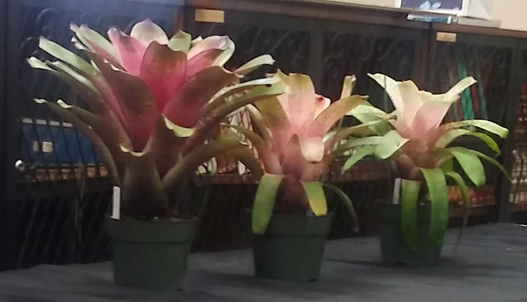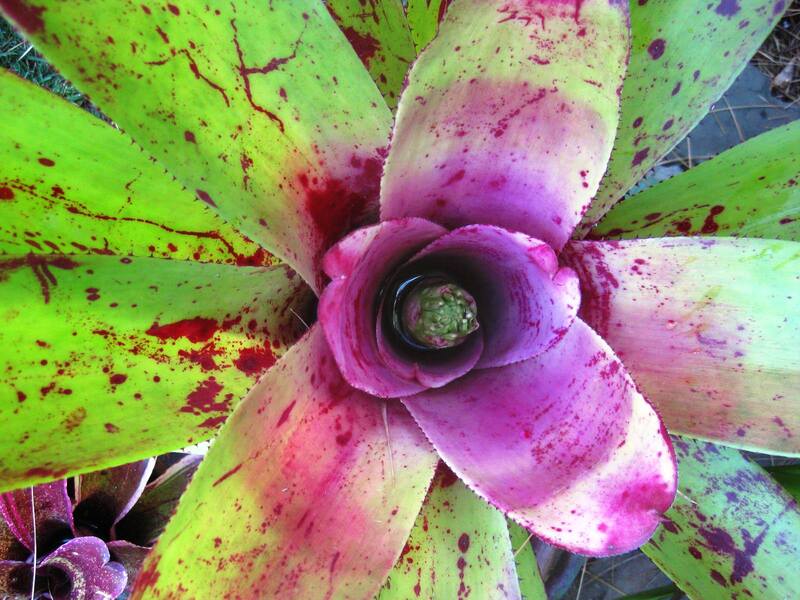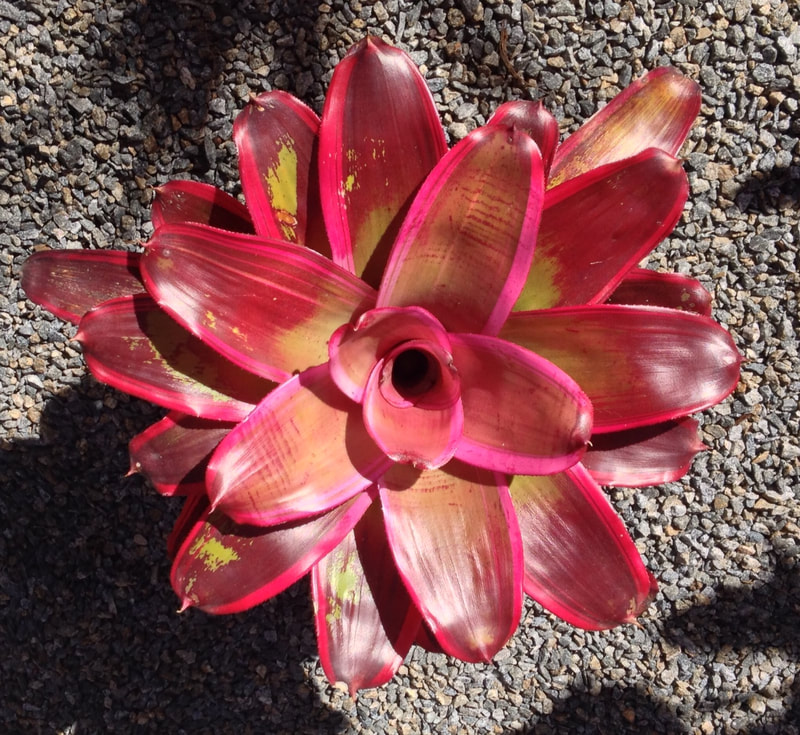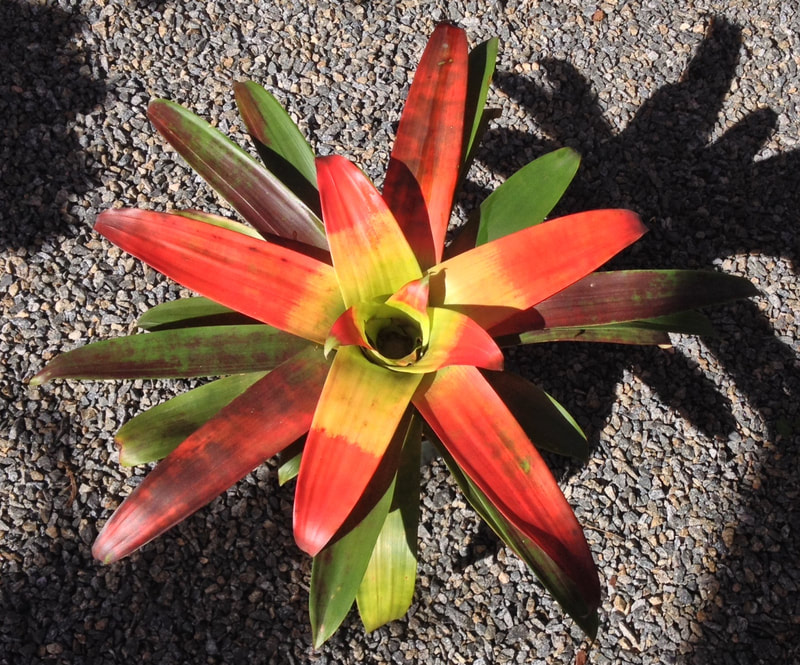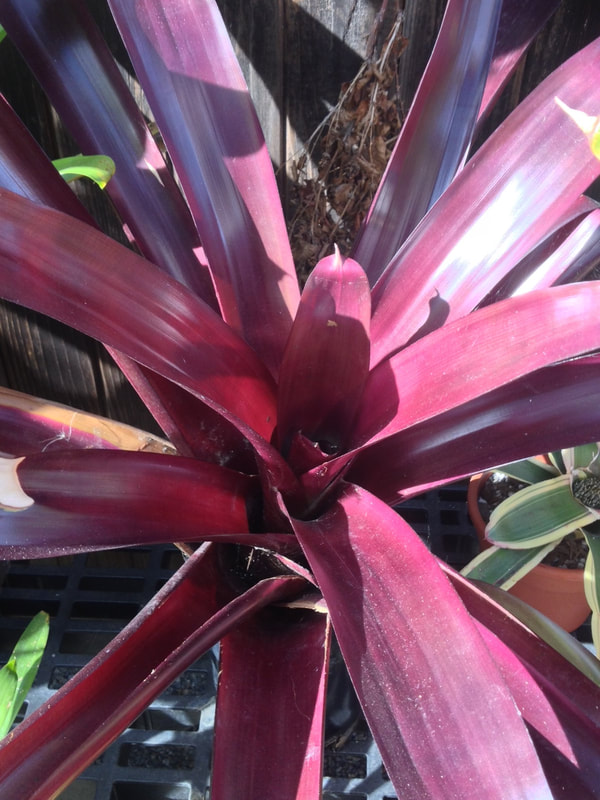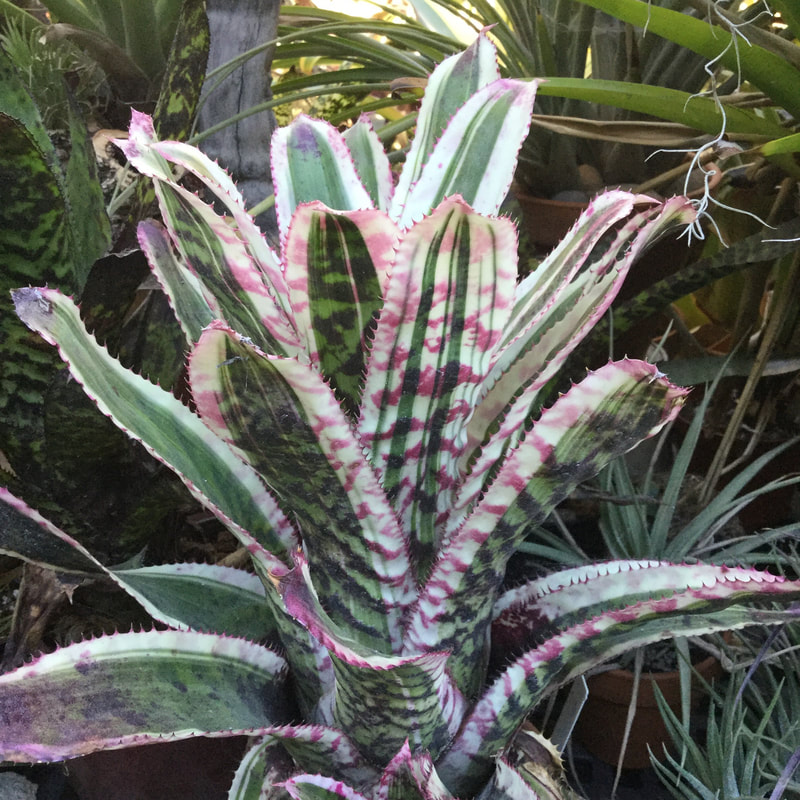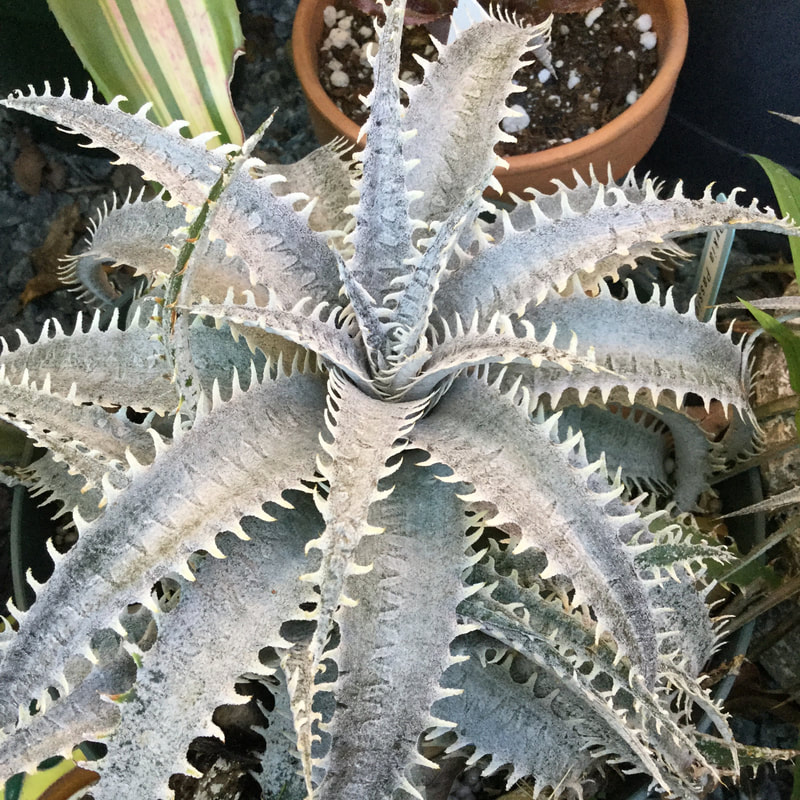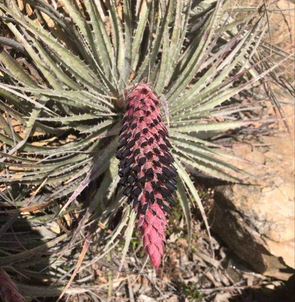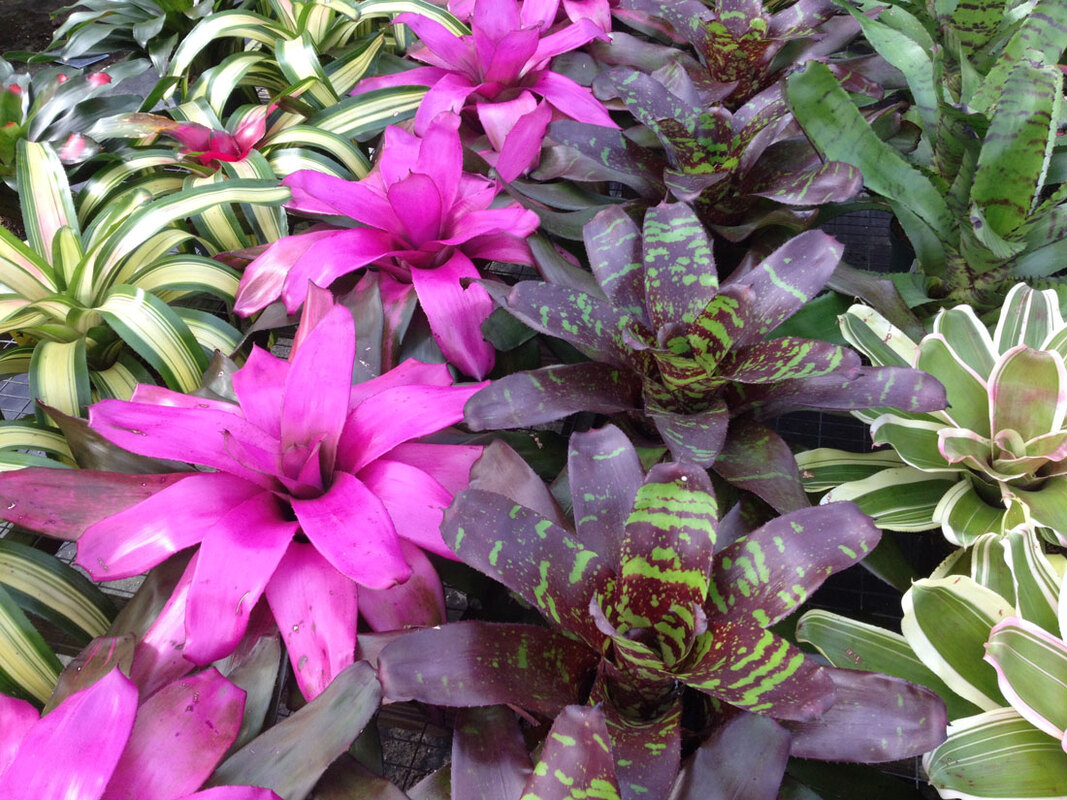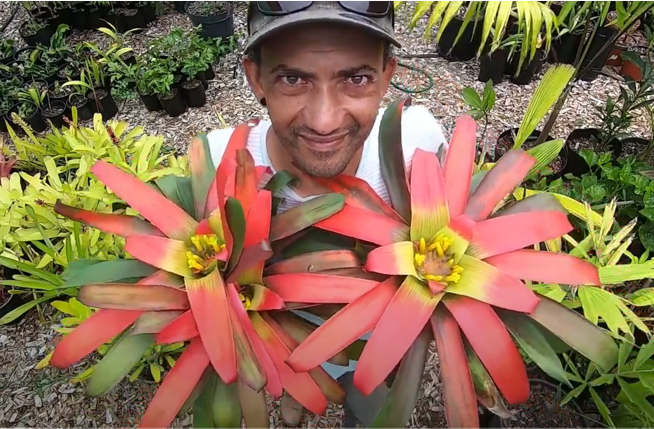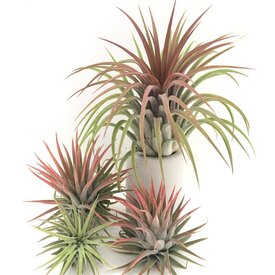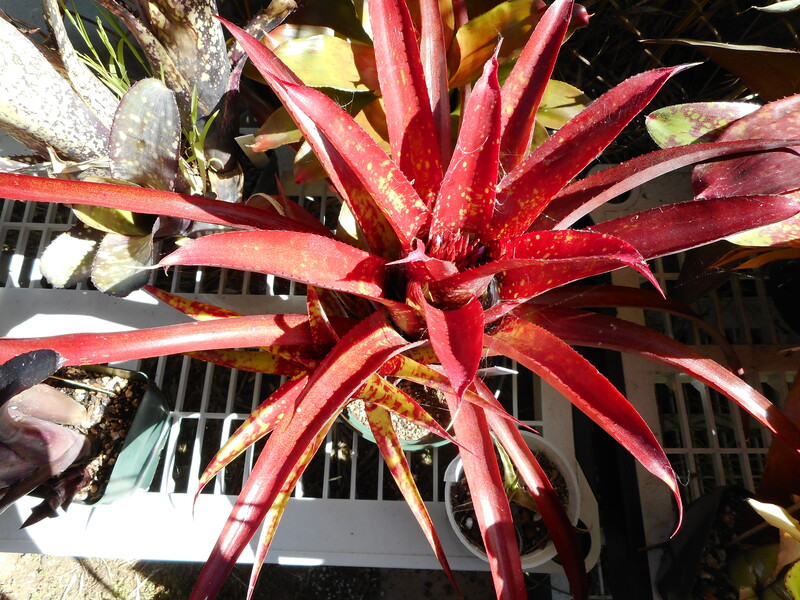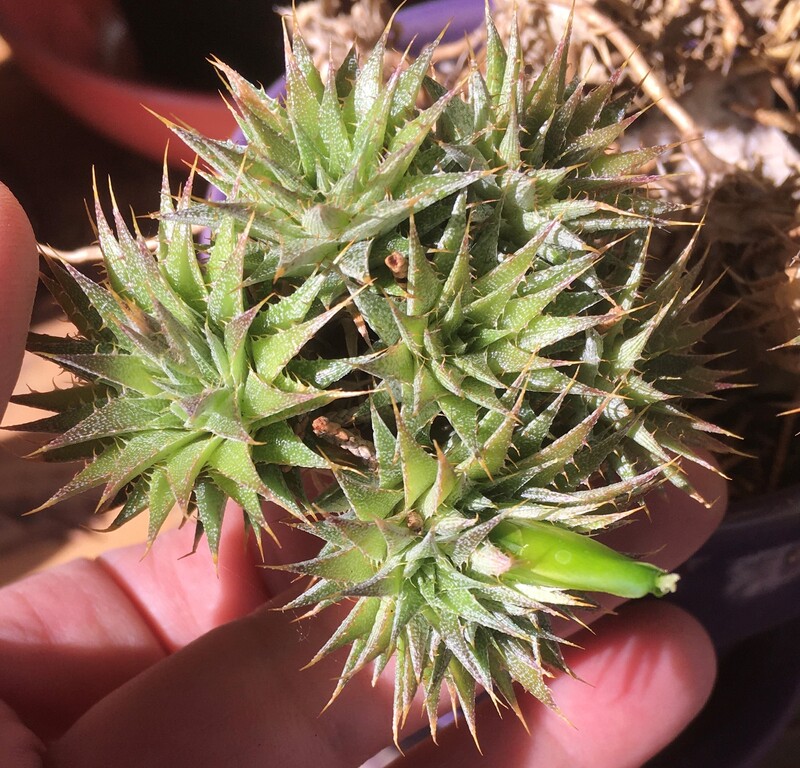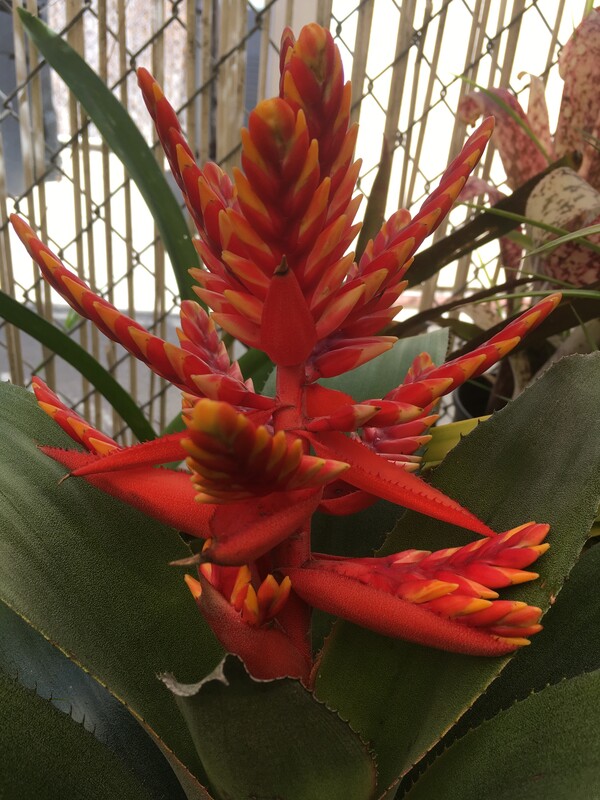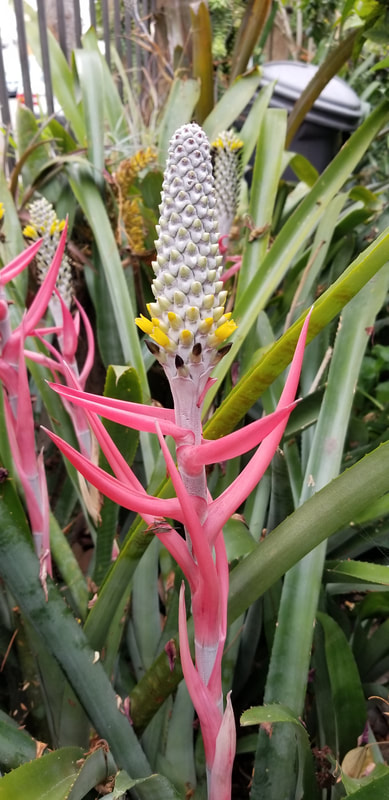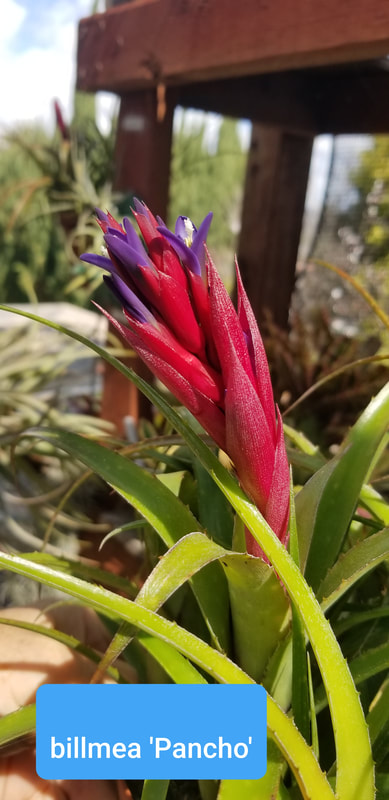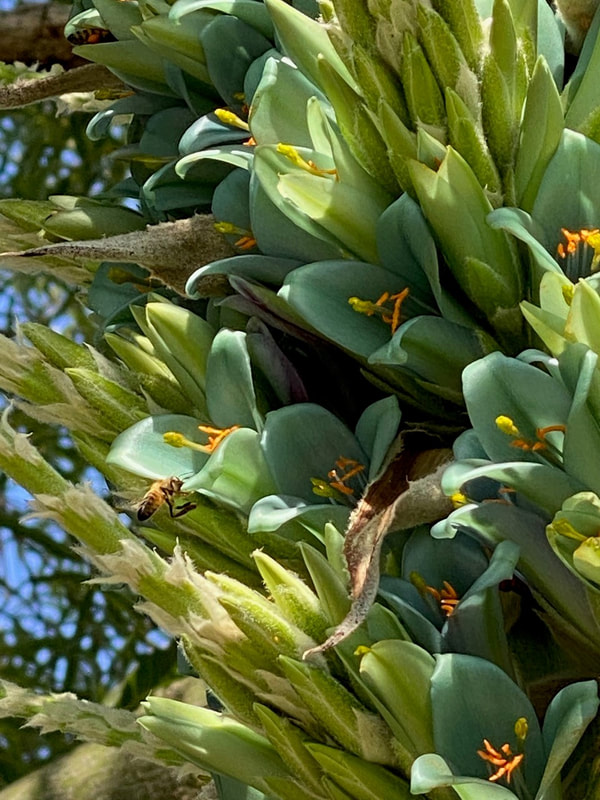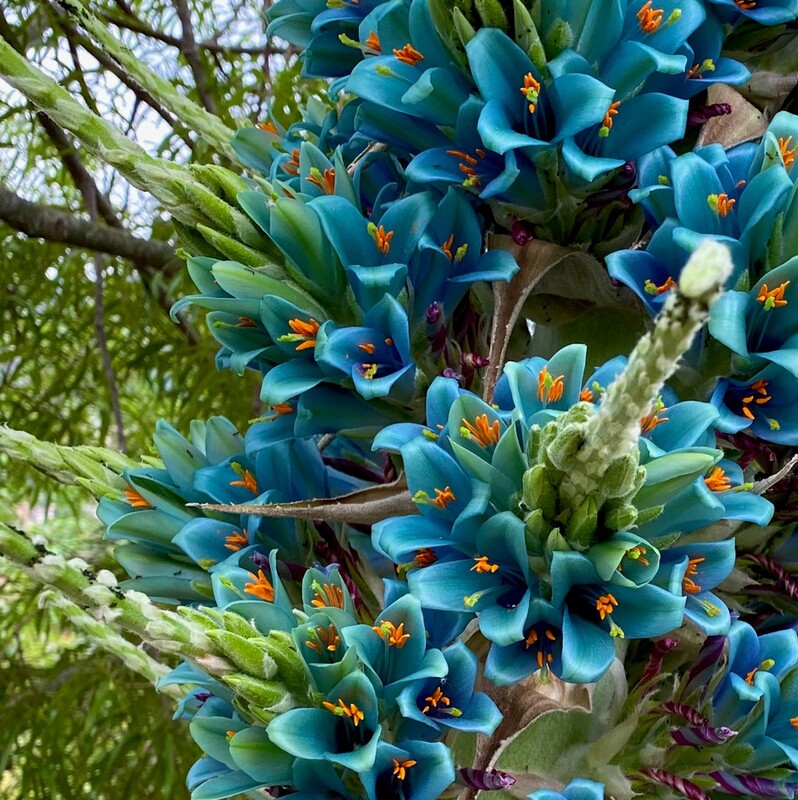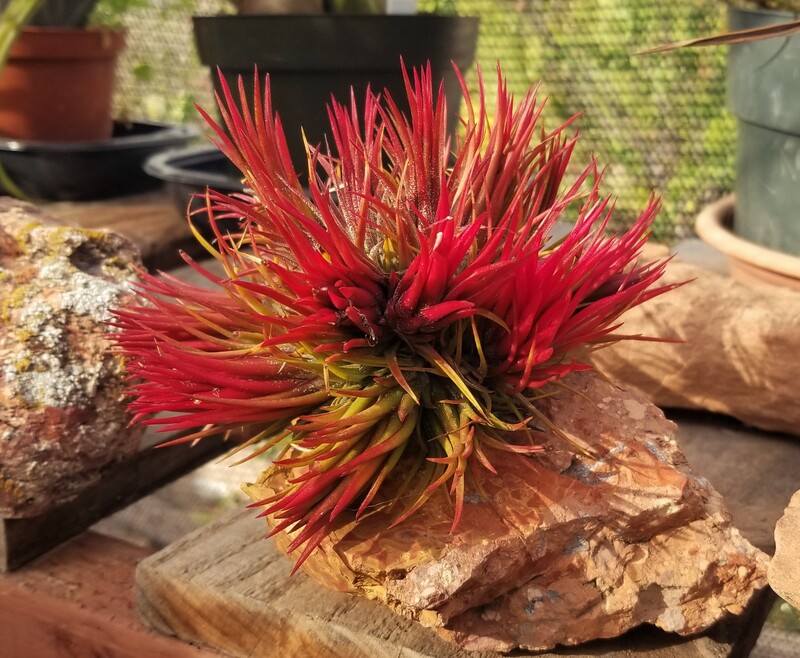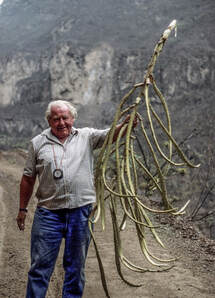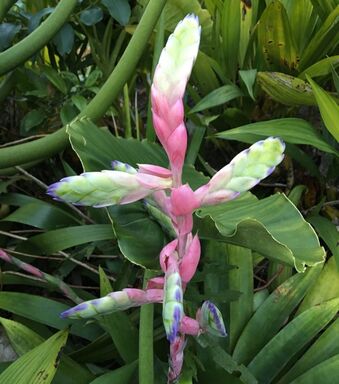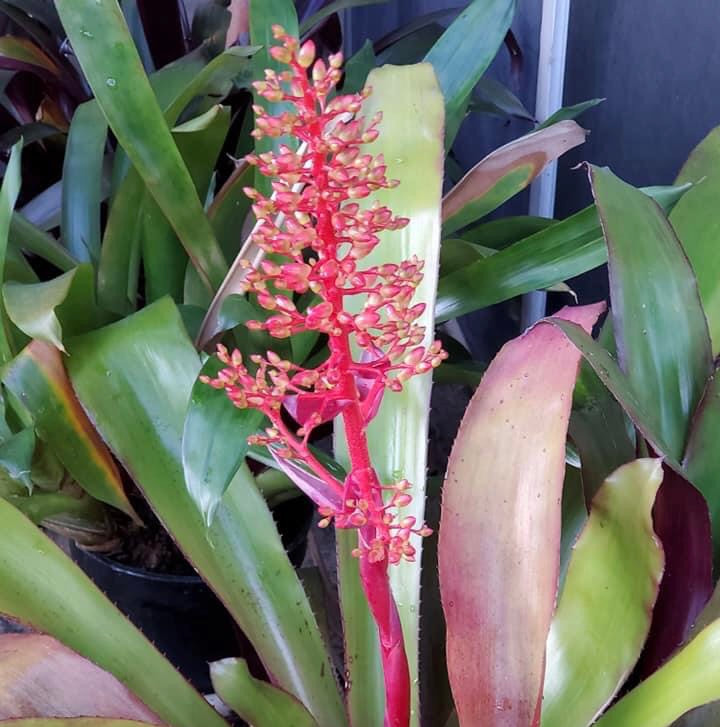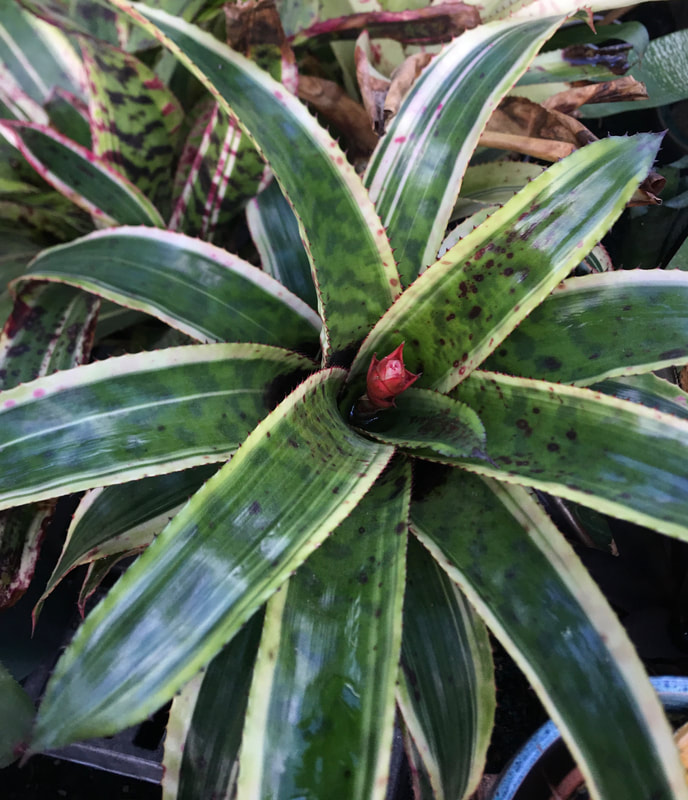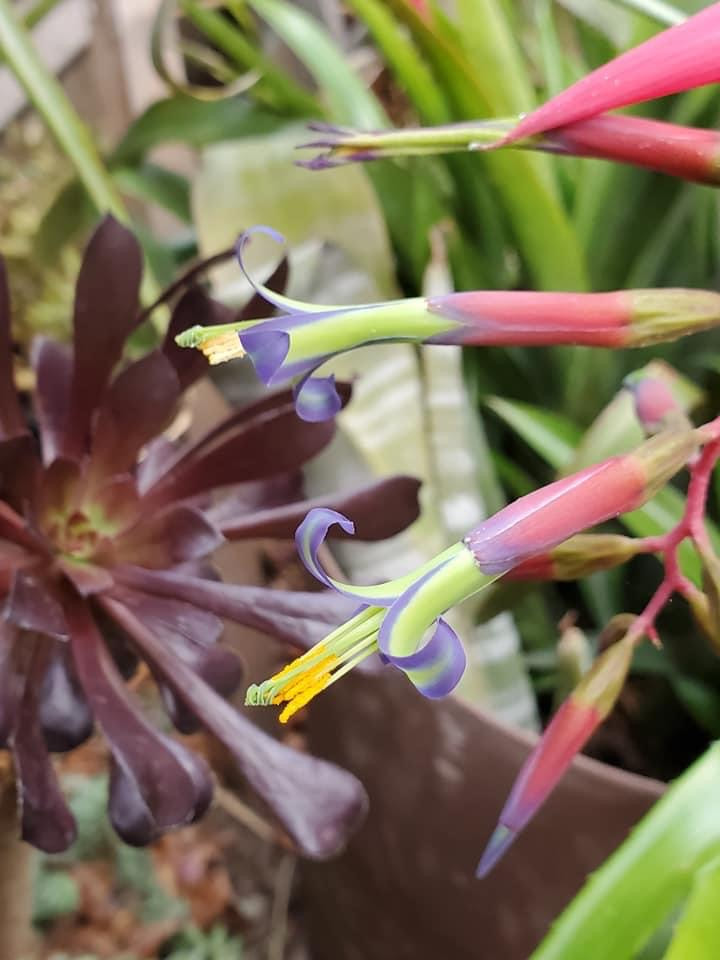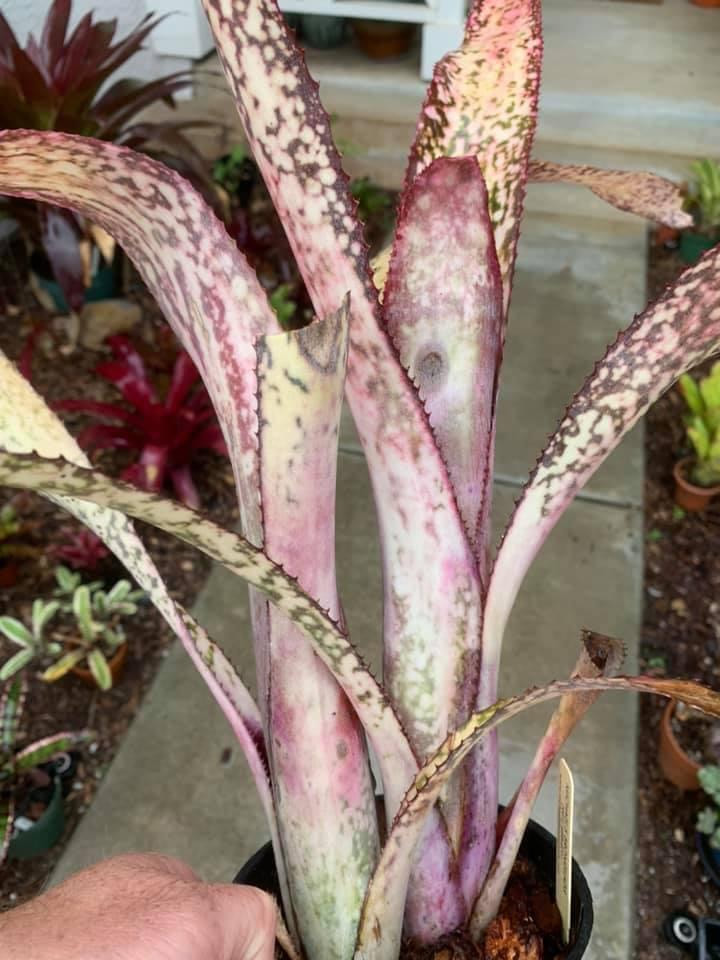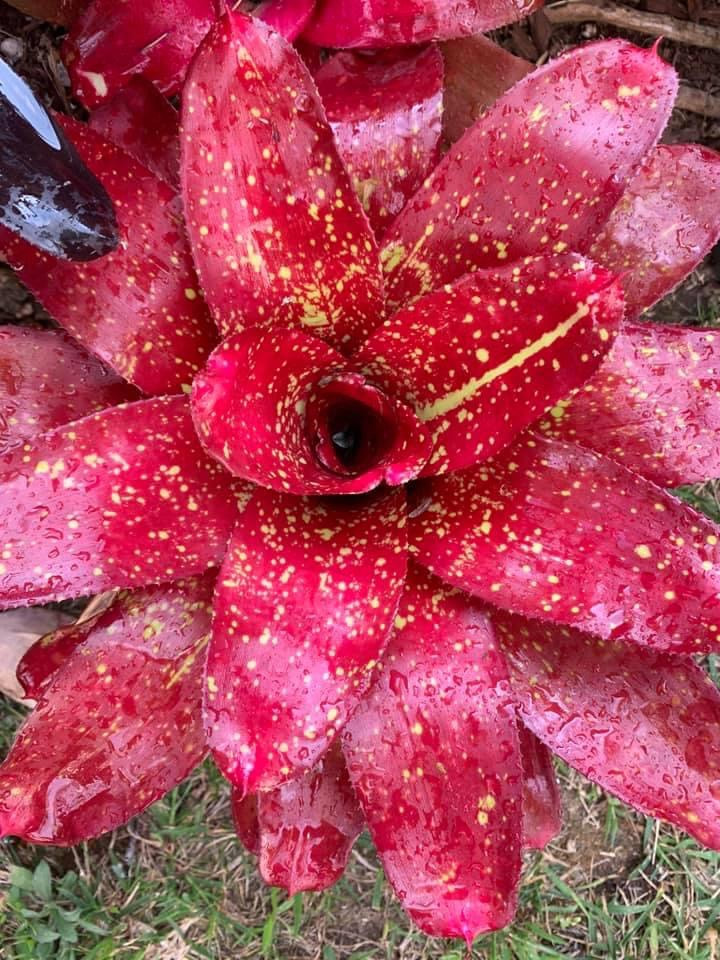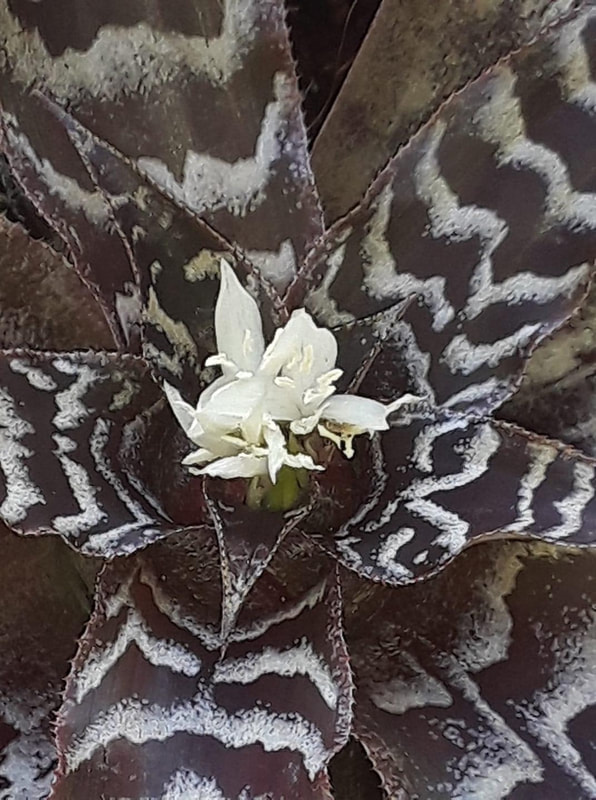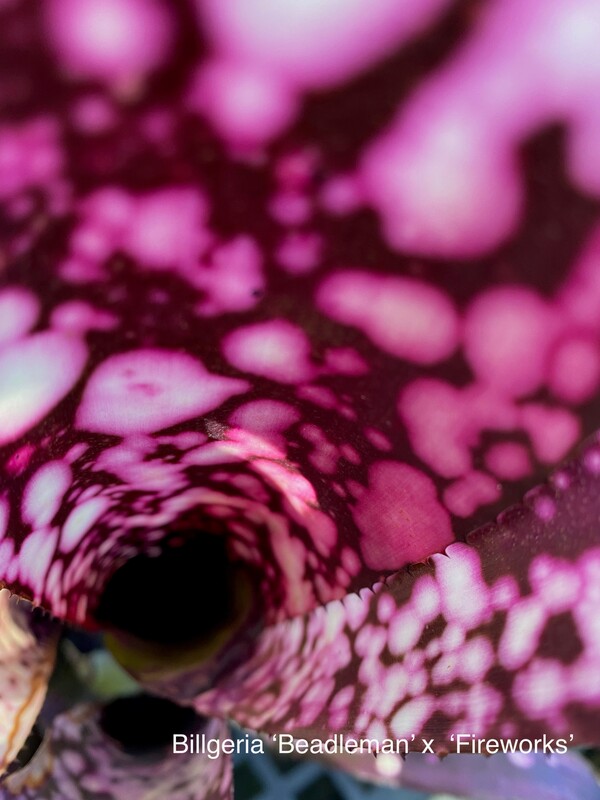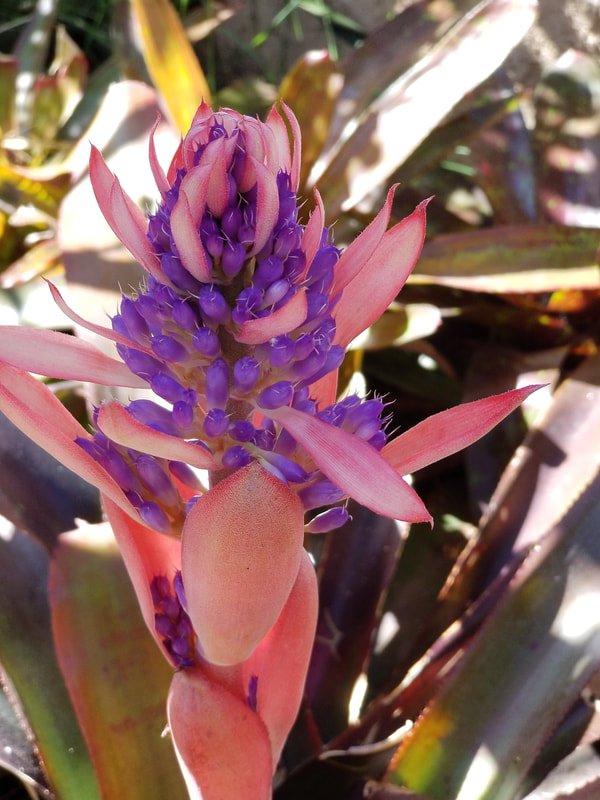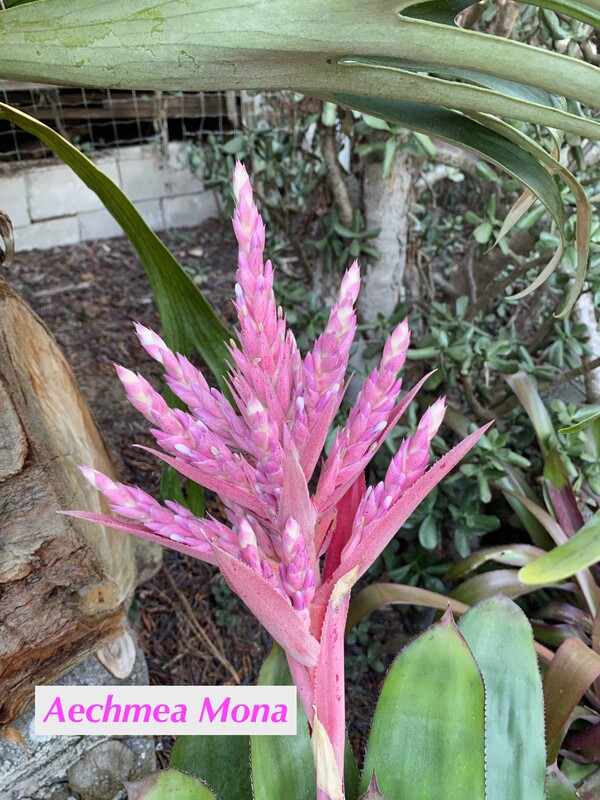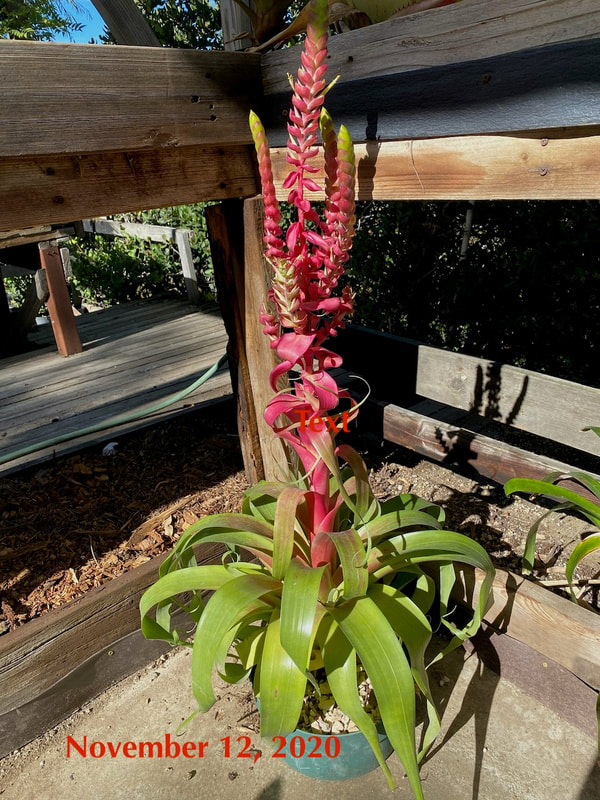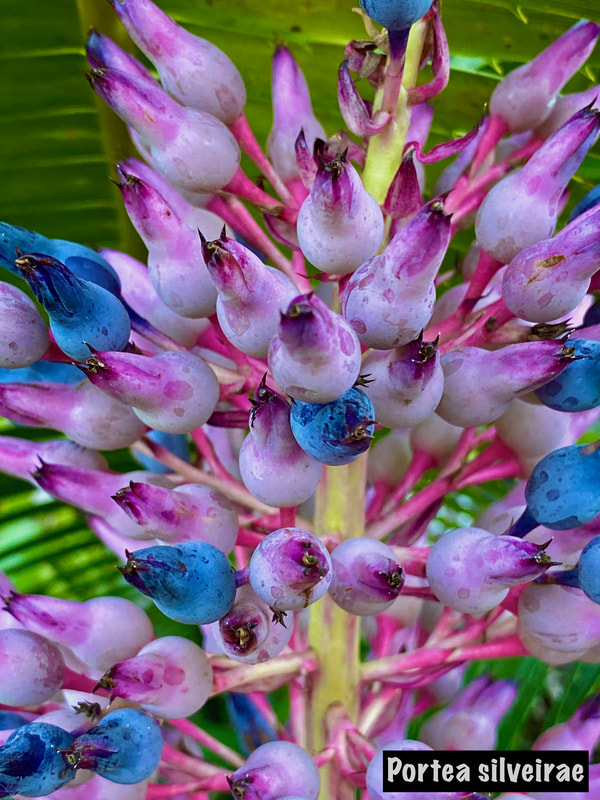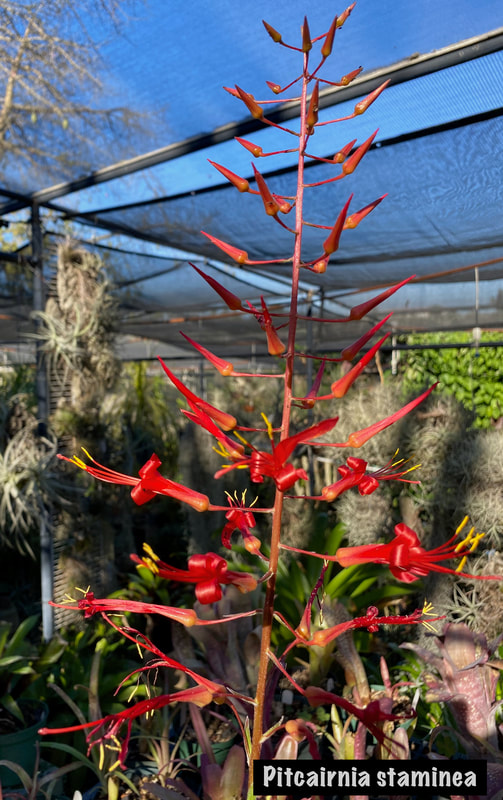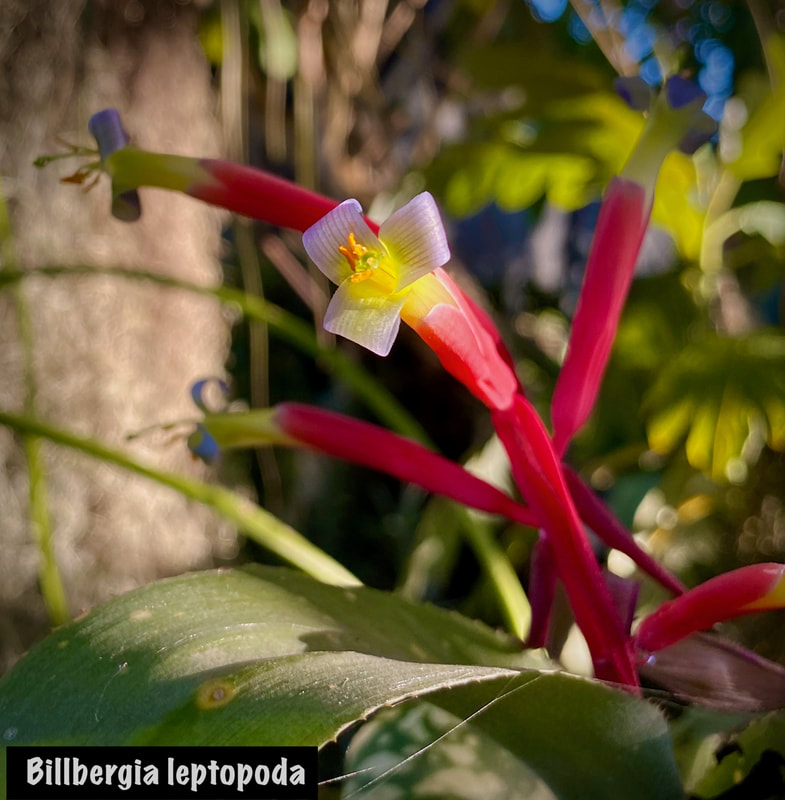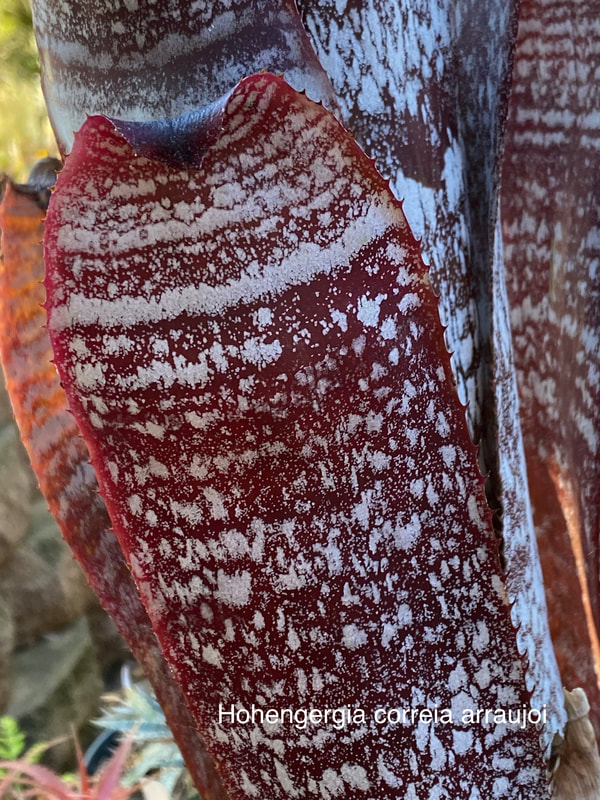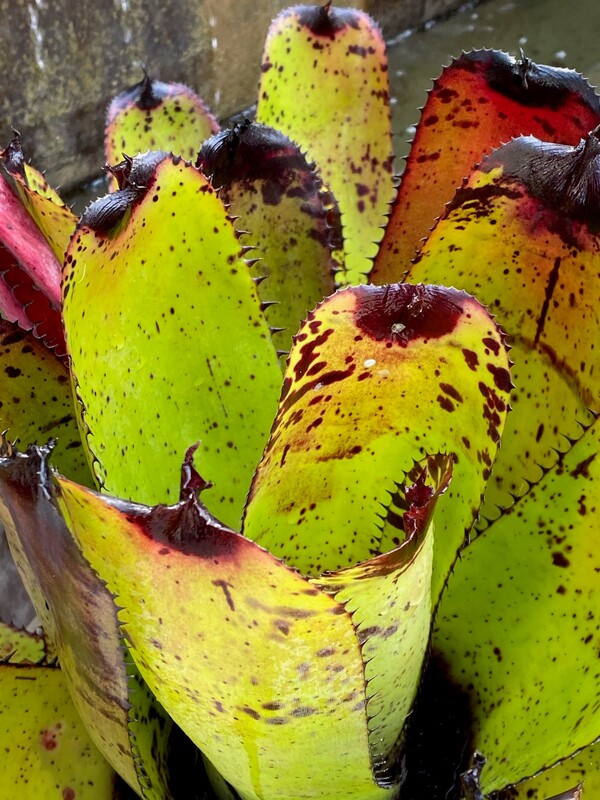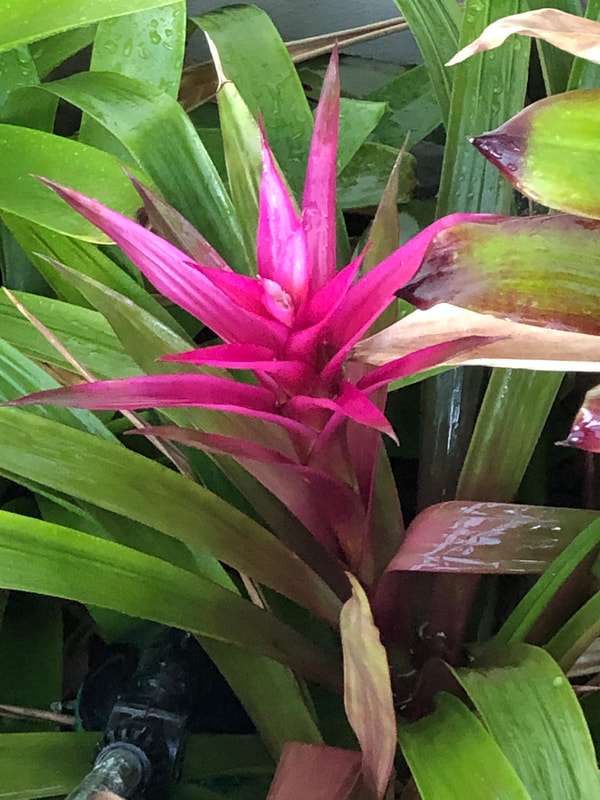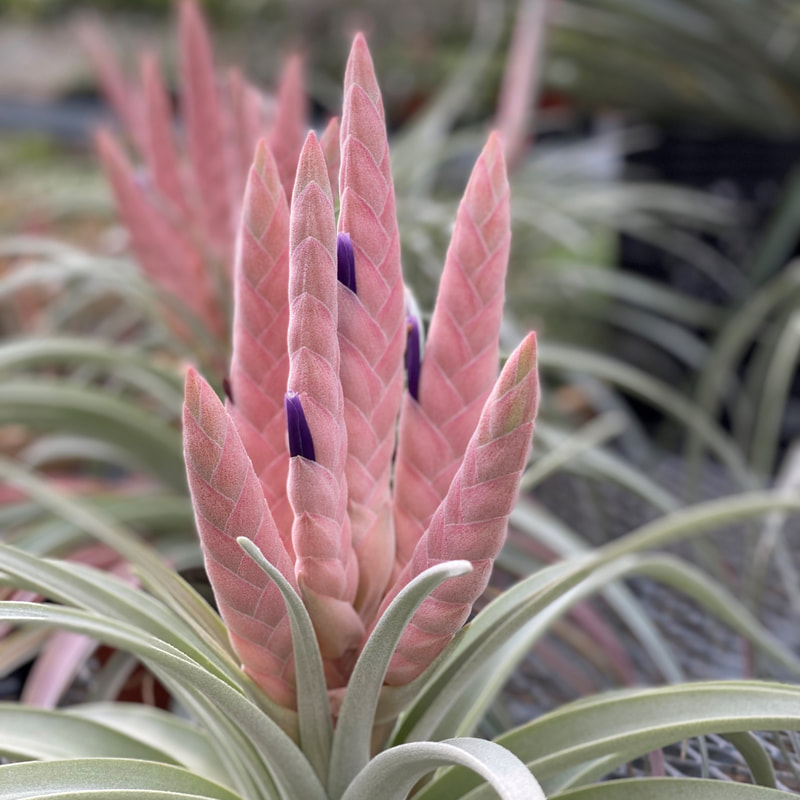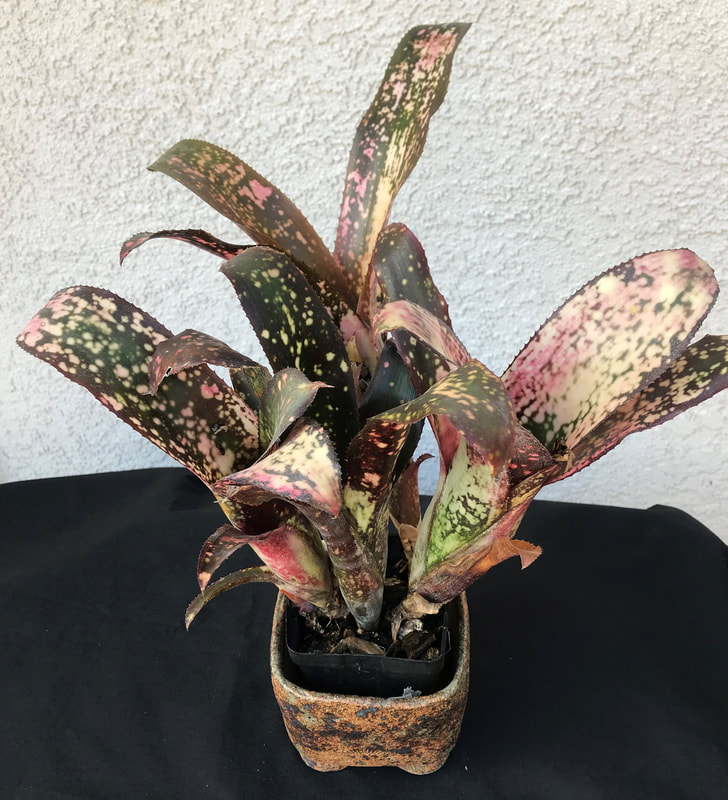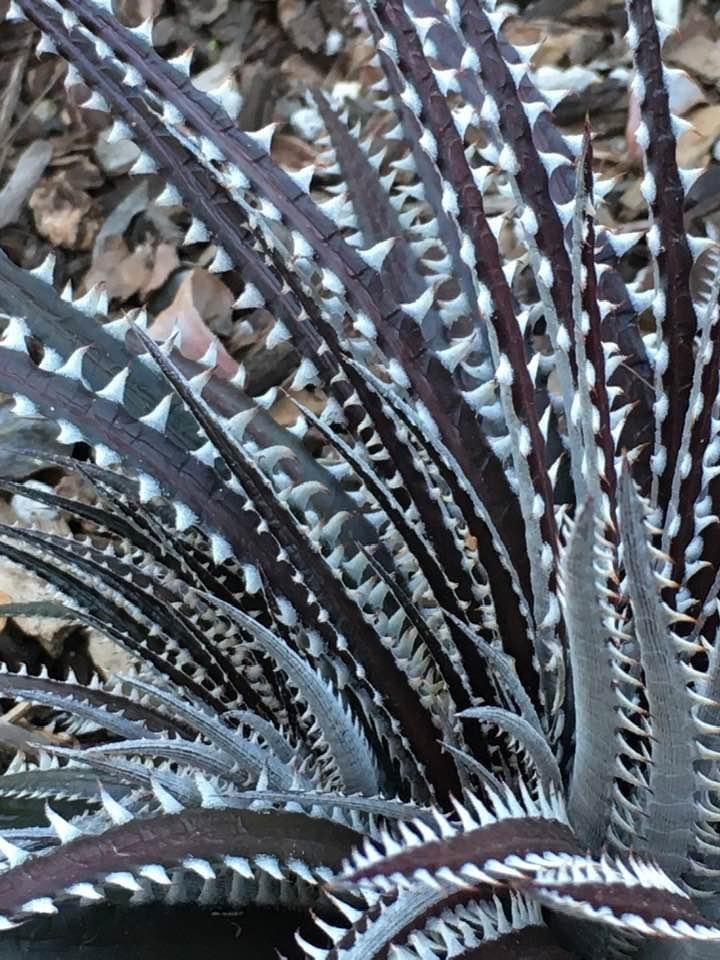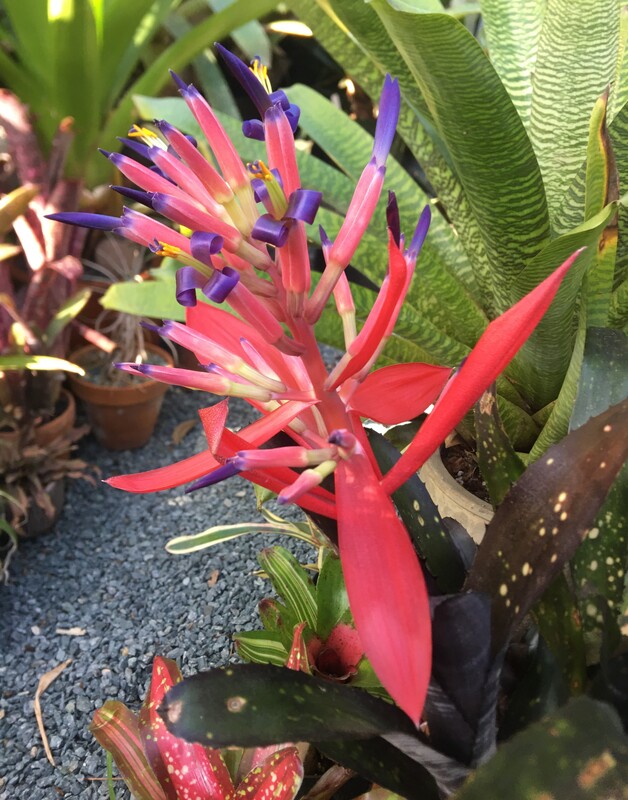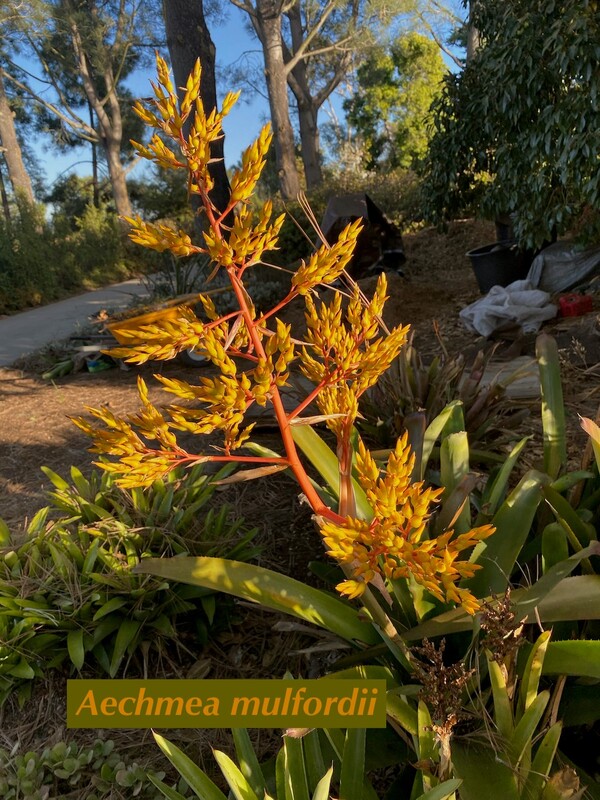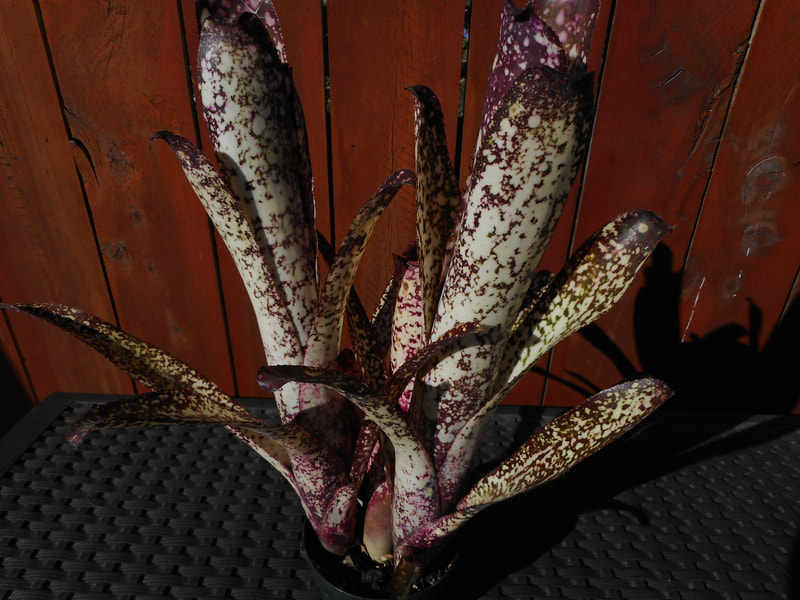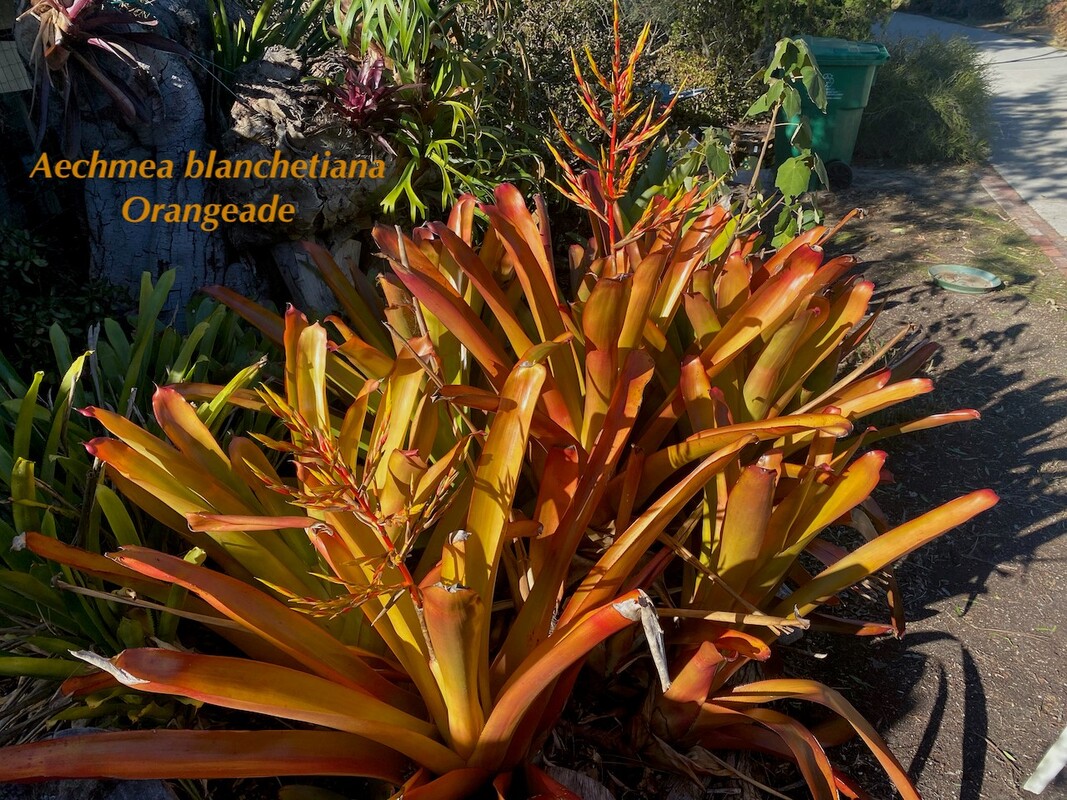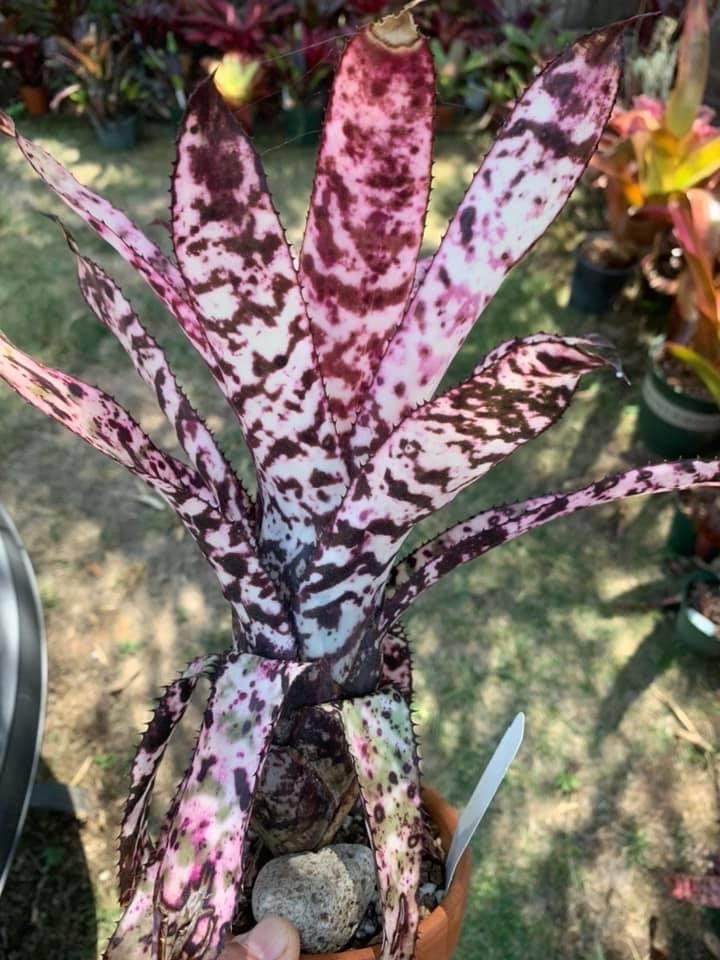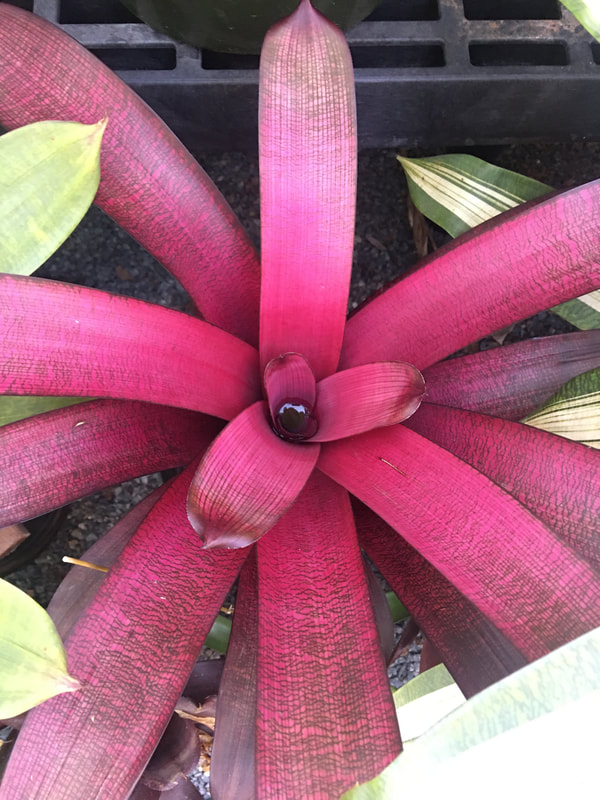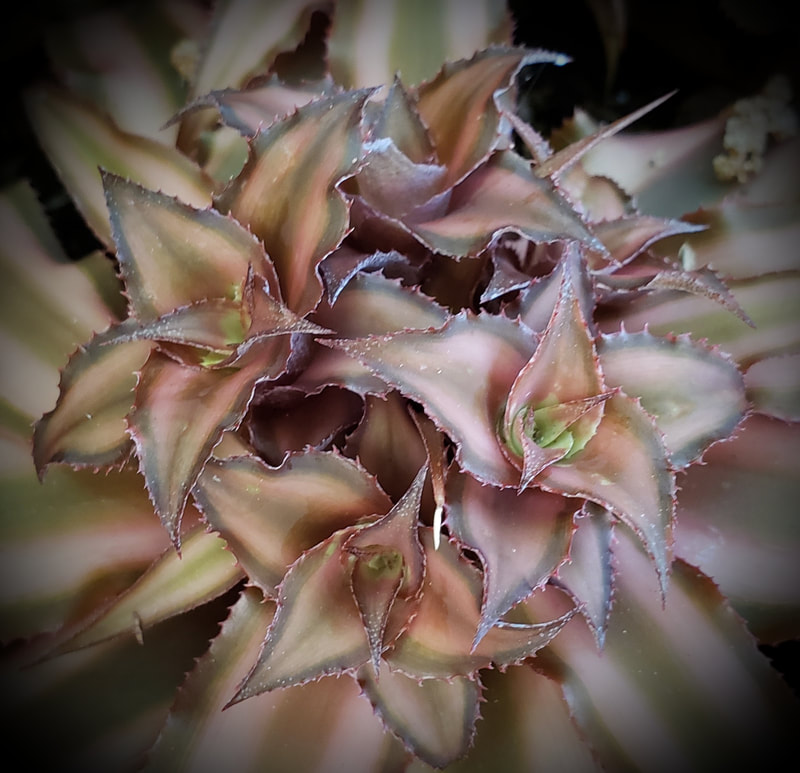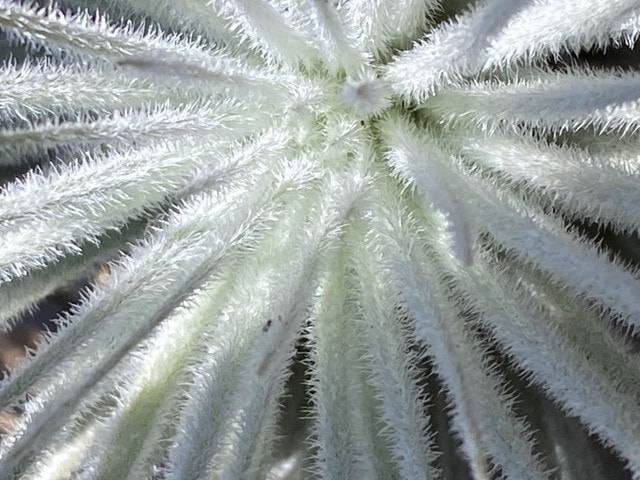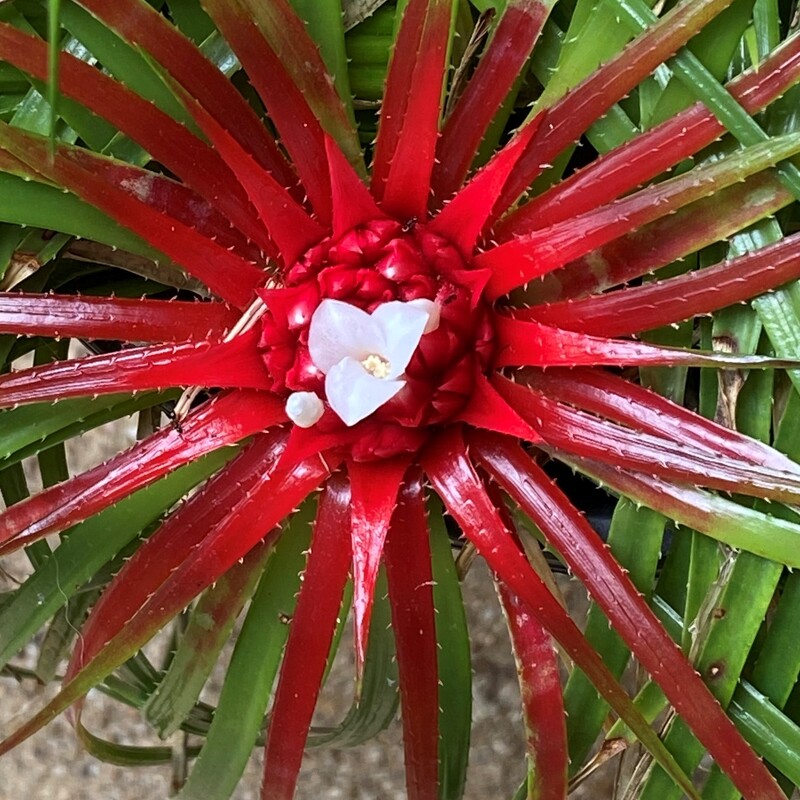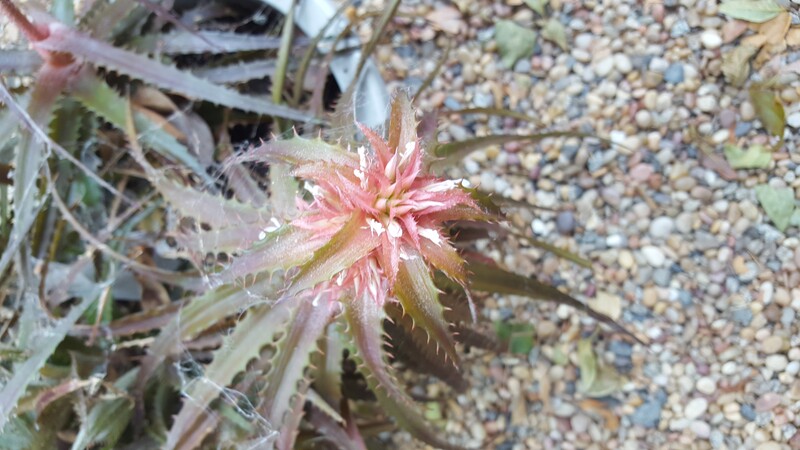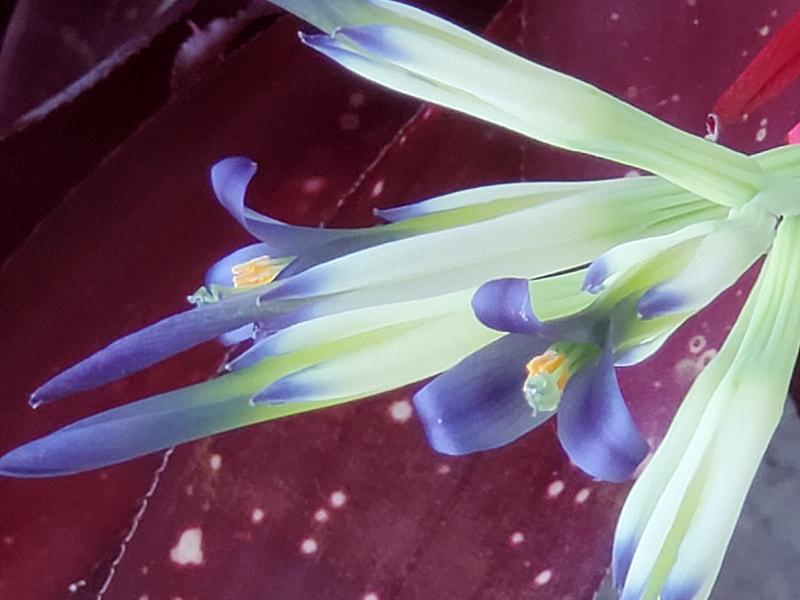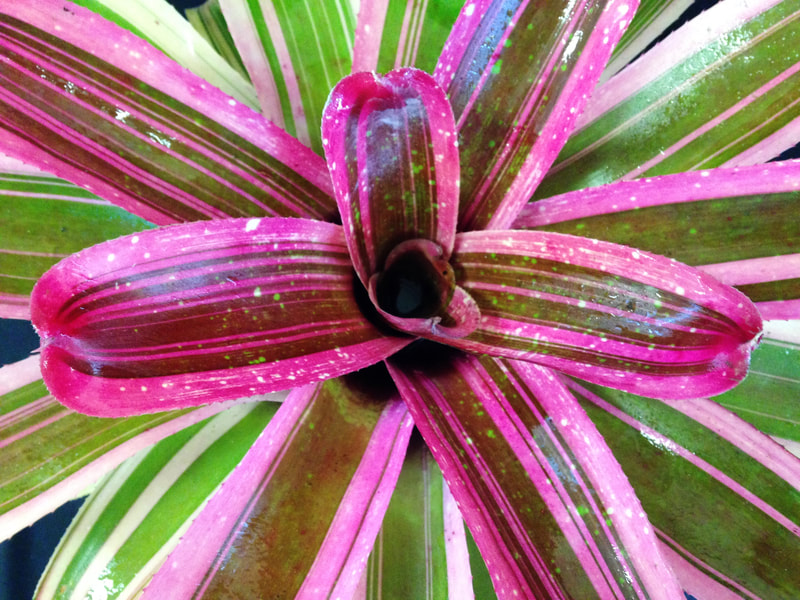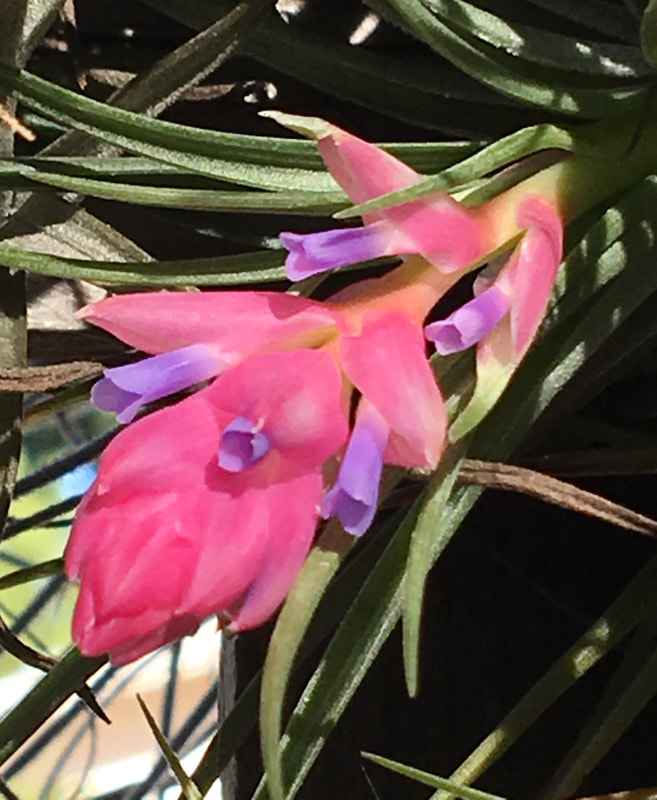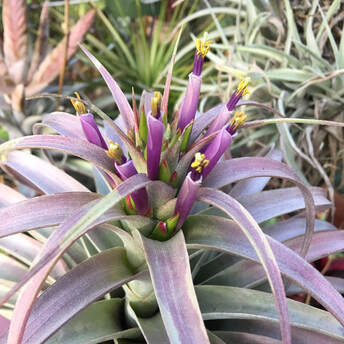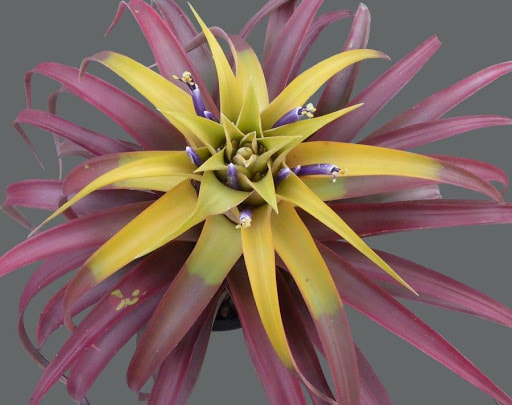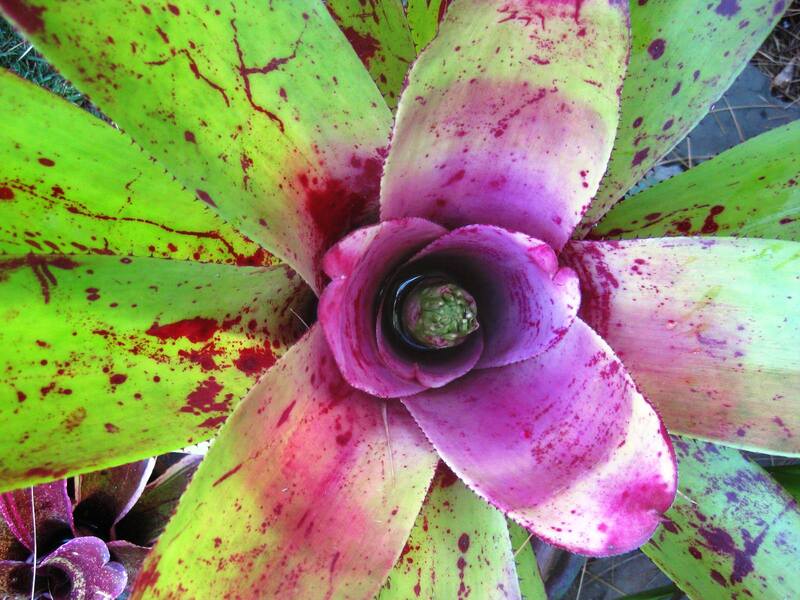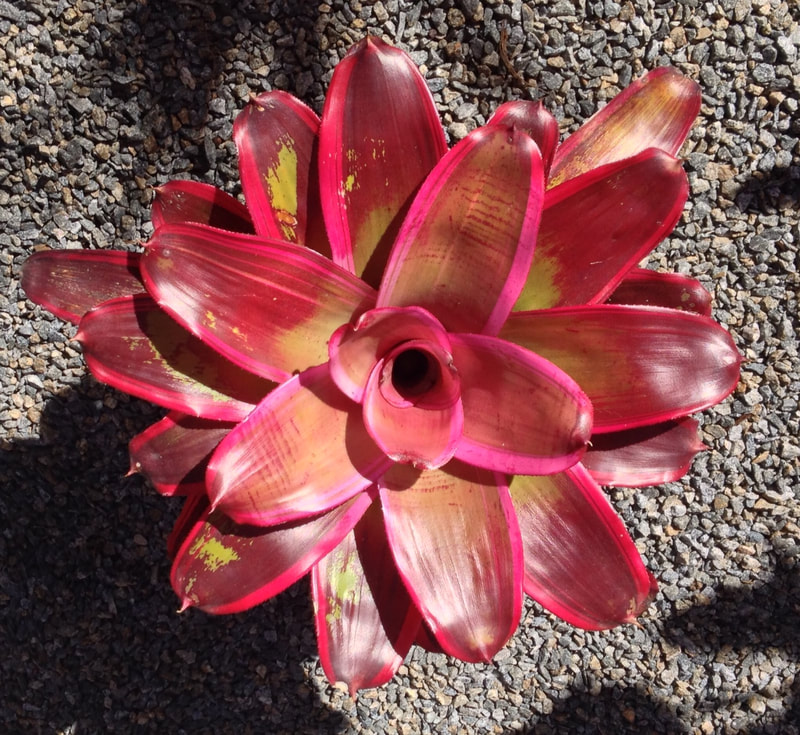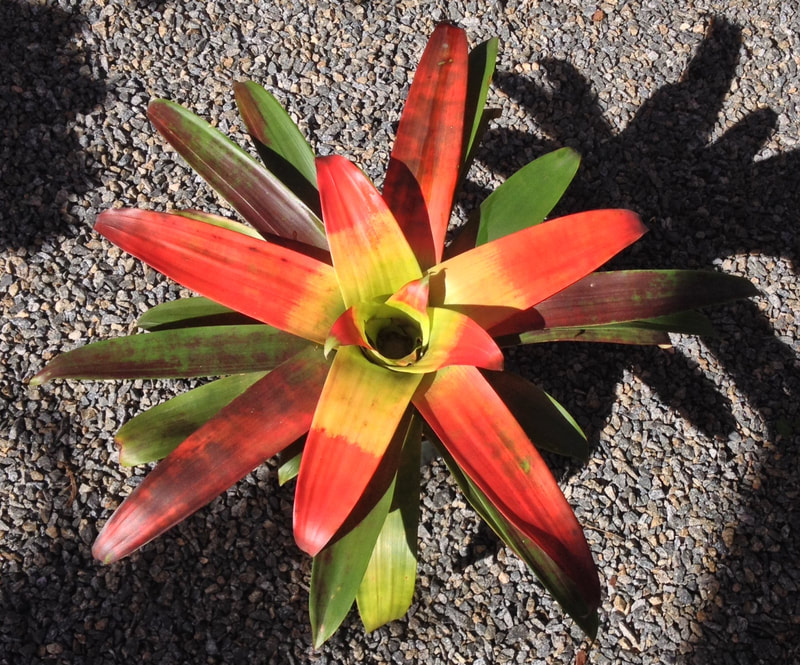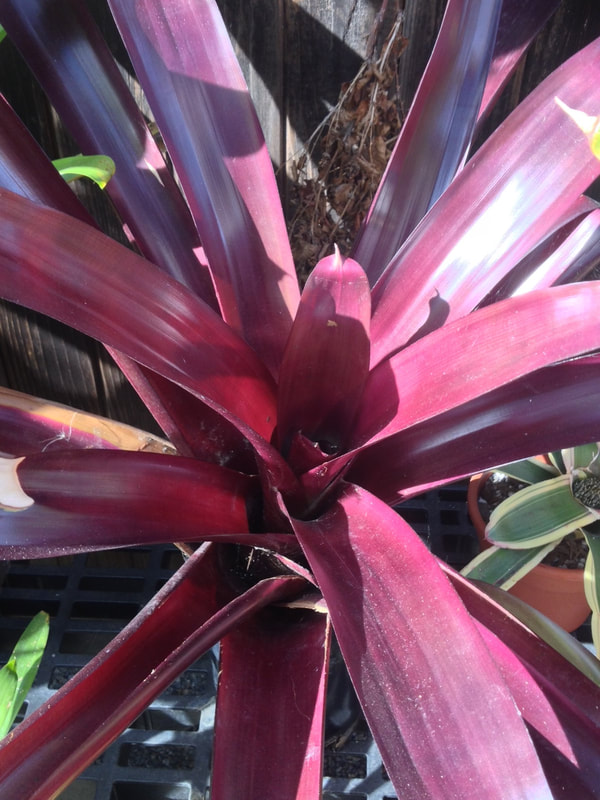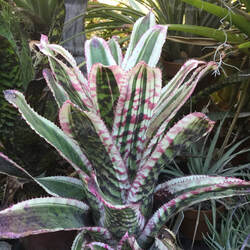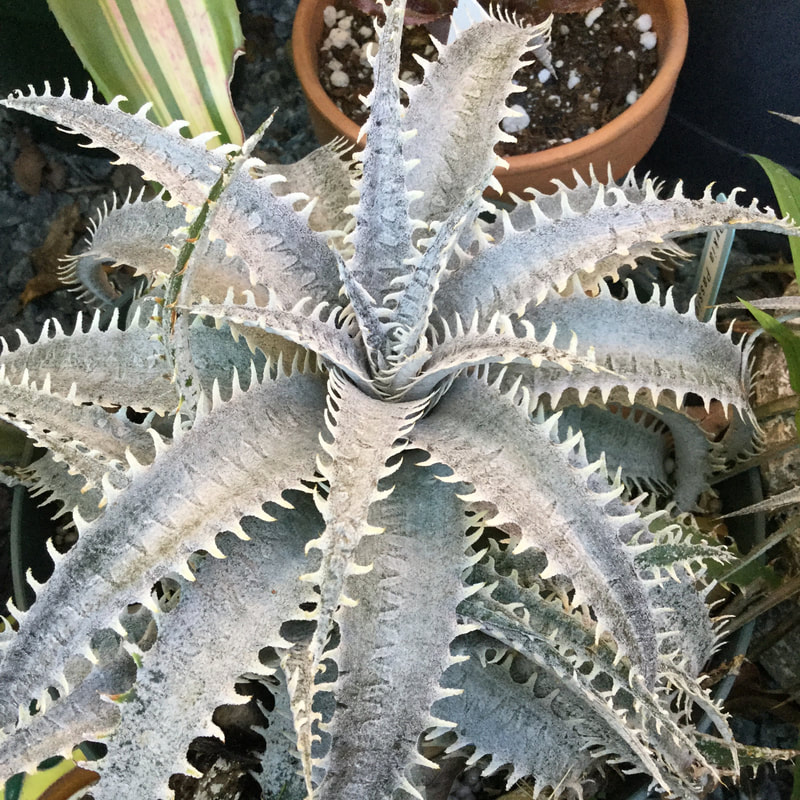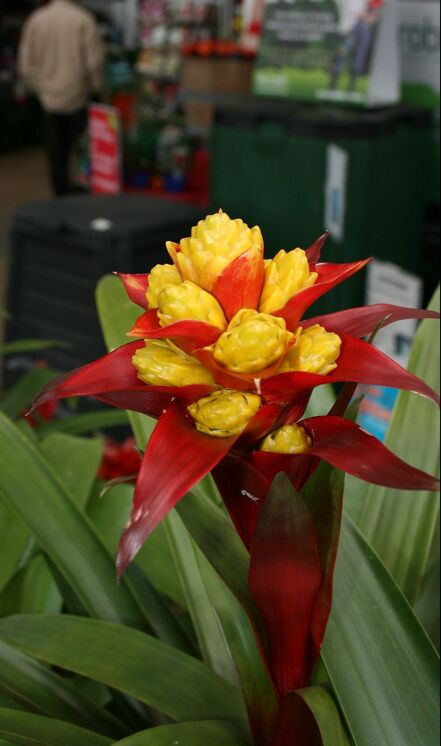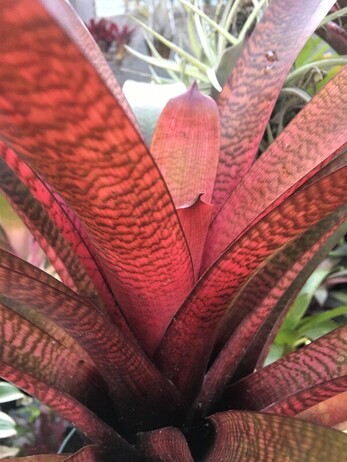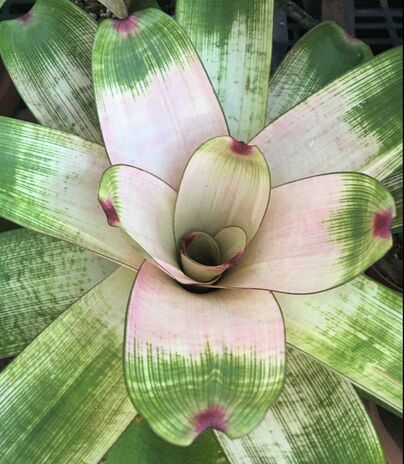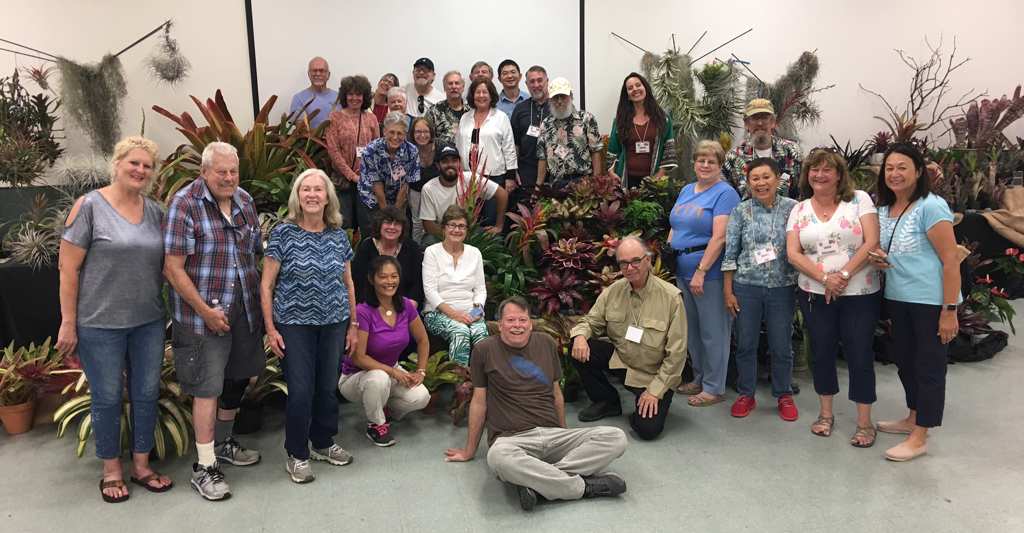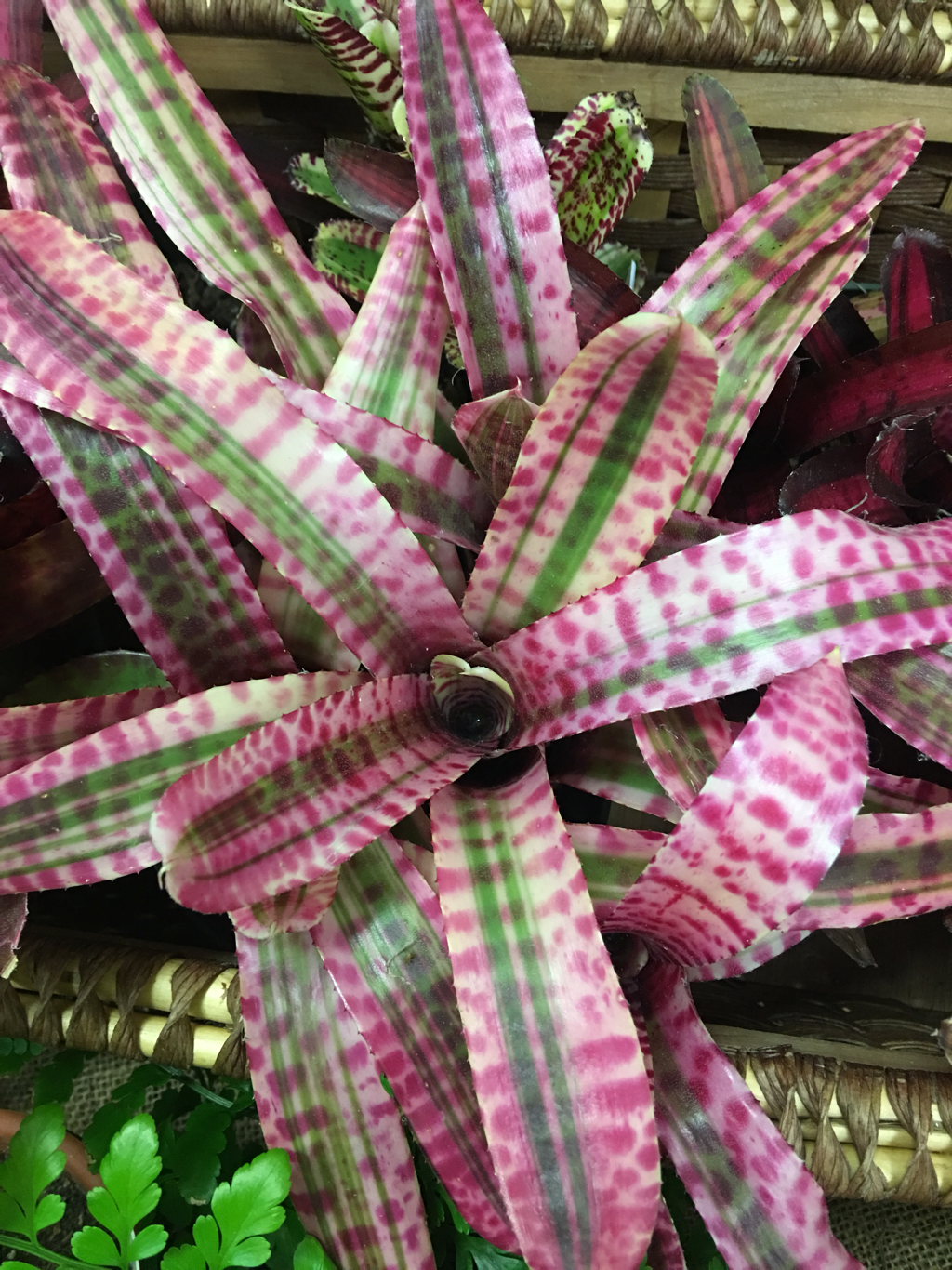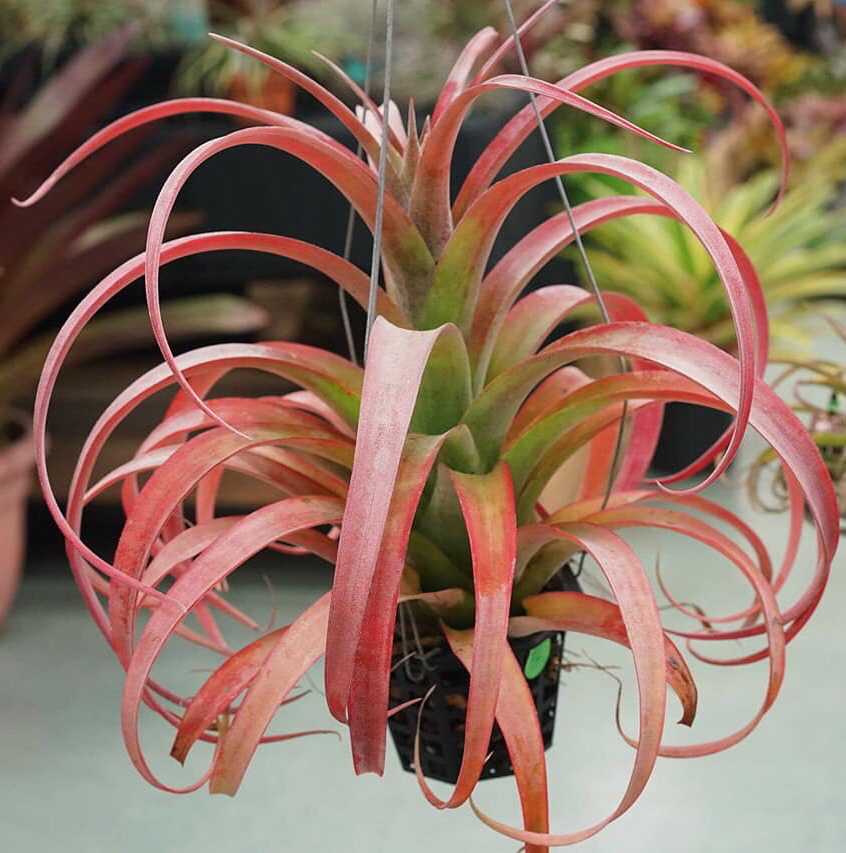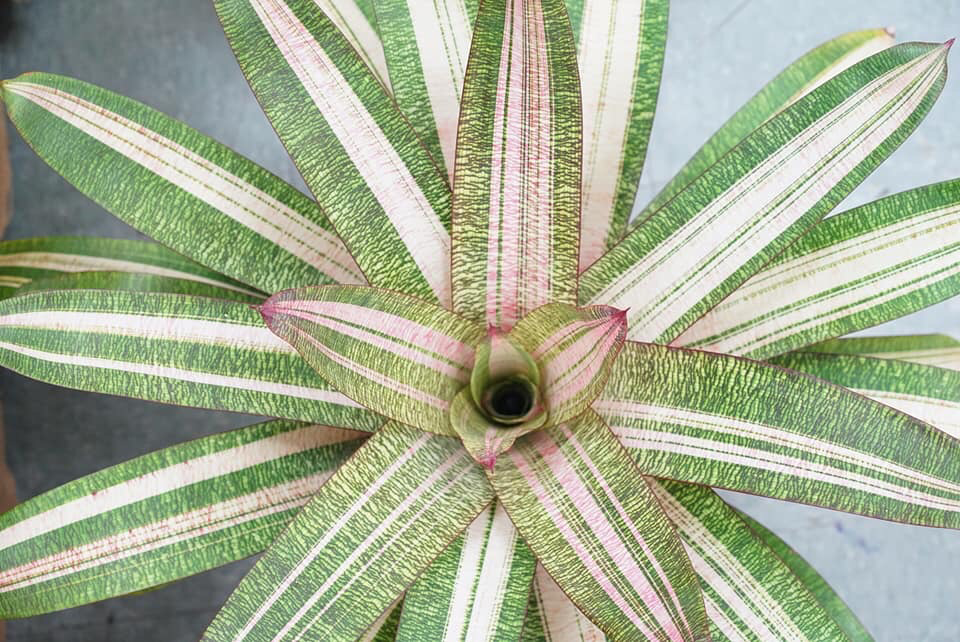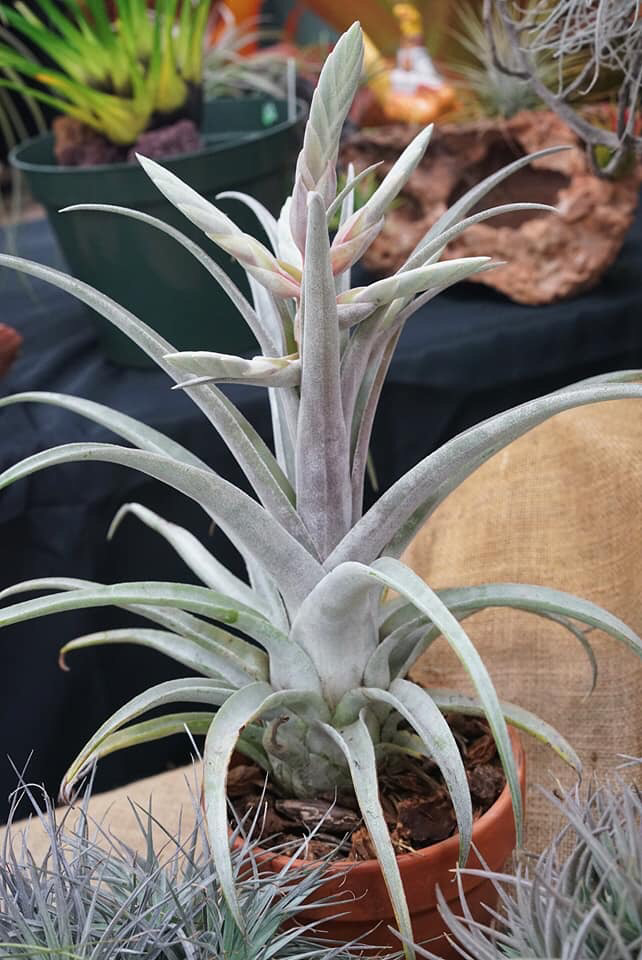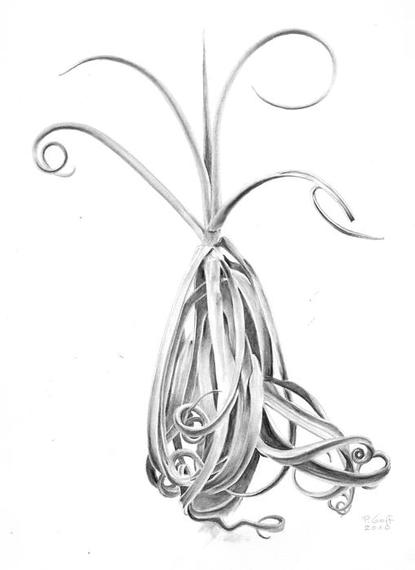- Home
- Join us! Membership
-
Meetings/Events
- Past: July 2024
- Past: May in the Garden
- Past: April 2024
- Past: February 2024
- Past: January 2024
- Past: December 2023
- Past: Nov. 2023
- Past: Oct. 2023
- Past: Sept. 2023
- Past: July 2023
- Past: May Tour
- Past: June 10-11 Show & Sale
- Past: April 2023
- Past: March 2023
- Past: February 2023
- Past: January 2023
- Past: Oct. 2022
- Past: Sept. 2022
- June Show & Sale Balboa Park
- Past: May 2022
- World Brom Conference 2022
- Past: April 2022
- Past: March 2022
- Past: Feb 2022
- Past: Dec. 2021 Plant Sale
- Past: Dec 2021
- Past: Nov 2021
- Past: Expo at SD Botanic Garden
- Past: August 2021
- Past: July 2021
- Past June 2021
- Past: May 2021
- Past: April '21
- past: March '21
- past: February '21
- past: January '21
- Past: December
- Past: October
- Past: September
- Past: November
- August Coffee in the Brom Garden
- Past Newsletters
- Videos
- About Us/Past Events
- Bromeliad Genera
- Links
- Growing Tips
August Picnic !
Join us for out annual picnic in Encinitas on August 10 (in place of our regular meeting).
Members only.
Check your email for the invitation and for your August newsletter.
Thank you to all the folks who made the
Annual Bromeliad Bash a success!
July Meeting
We enjoyed Andy’s
Outside the Box
Tillandsia presentation.
in September we will raffle a big bunch of fresh plants that were
acquired at the World Bromeliad Conference, held back in May in West Palm Beach.
|
SDBS Raffle & Auction Plants from the WBC for Summer 2024:
|
May
Garden Meeting in Encinitas
We met at Tyrone Hall’s home in Encinitas and participated in the repotting and mounting clinic. We had a group of experts guiding how to best divide, repot or mount gnarly bromeliads! Hopefully we can repeat this kind of meeting in the future. Thanks To Tyrone and everyone who made it happen.
APRIL
“Bromeliads in Australia:
The 2008 BSI World Conference"
Cristy Brenner shared her experiences at the 2008 BSI World conference in Australia. She has attended all of the BSI World Conferences since 2000, and states that this conference was definitely one of the best. The conference was held in Cairns, in the tropical area of Northeastern Australia, and many members from San Diego and other Southern California societies attended. The Aussie’s are exceptional growers and hybridizers and created beautiful displays. We also toured many amazing gardens and enjoyed the Aussie’s great hospitality.
Big attendance in March!
Juliana facilitated a discussion by Graeme Barclay from New Zealand. We learned of the many ways to access information on the web that the Bromeliad Society International promotes.
Glad to see so many folks on February 10th.
Andy Siekkinen did a talk on bromeliads in the state of Bahia, Brazil. He touched on the landscape there, including the very interesting restinga biome (sand dunes) on the coast. and he focused on the Chapada Diamantina. Growing in this region of Brazil are lots of different genera, and the areas presented well the diversity of Hohenbergia and Sincoraea.
Back in January...
For January's plant table we had a mixture Vriesea plants that are in the Tillandsioideae subfamily. And we had some hybrid Neoregelia plants, from the Bromelioideae.
Common in collections (some more than others) are Aechmea, Billbergia, Cryptanthus, Hohenbergia, Neoregelia, Nidularium, Orthophytum, Portea, and Quesnelia.
Common in collections (some more than others) are Aechmea, Billbergia, Cryptanthus, Hohenbergia, Neoregelia, Nidularium, Orthophytum, Portea, and Quesnelia.
A list of the subfamily Bromelioides
Taken from a wonderful on-line resource at bsi.org:
Gouda, E.J. & Butcher, D. (cont. updated),
A List of Accepted Bromeliaceae Names, http://bromNames.florapix.nl.
University Botanic Gardens, Utrecht (accessed: 10-10-2016)
Taken from a wonderful on-line resource at bsi.org:
Gouda, E.J. & Butcher, D. (cont. updated),
A List of Accepted Bromeliaceae Names, http://bromNames.florapix.nl.
University Botanic Gardens, Utrecht (accessed: 10-10-2016)
|
Acanthostachys
Aechmea Ananas Androlepis Araeococcus Billbergia Bromelia Canistropsis Canistrum Cryptanthus Cryptbergia Deinacanthon Disteganthus Edmundoa Eduandrea Fascicularia Fernseea Forzzaea Greigia Hohenbergia Hohenbergiopsis Hoplocryptanthus Hylaeaicum |
Karawata
Krenakanthus Lapanthus Lymania Neoglaziovia Neoregelia Nidularium Ochagavia Orthocryptanthus Orthophytum Portea Pseudaechmea Pseudaraeococcus Quesnelia Rokautskyia Ronnbergia Sincoraea Siqueiranthus Ursulaea Wittmackia Wittrockia xHohenmea |
We "imported" 10 Hawaiian treats – 5 Vrieseas and 5 Neoregelias.
Check out these photos and the key to each set of five.
Check out these photos and the key to each set of five.
|
January 13th's presentation [slide show] was a tour of Cape Town and a road trip on South Africa's highway 7 through the Western Cape and northward through the Northern Cape province to the Orange River on the Namibia border.
|
December's holiday brunch was a blast.
We had our traditional brunch-style potluck,
followed by a rambunctious gift exchange.
Thank you to Nathalie and all the volunteers 'elves' who nade this a smooth and enjoyable event. The food was fabulous.
We had our traditional brunch-style potluck,
followed by a rambunctious gift exchange.
Thank you to Nathalie and all the volunteers 'elves' who nade this a smooth and enjoyable event. The food was fabulous.
November garden-party meeting was fun.
We were invited by Sandy, a member in Point Loma, to her garden. It was a unique chance to hang out together in a garden setting.
THANK YOU, Sandy!
October 14th meeting was well attended.
Juliana Raposa was in Brazil this past July and gave a fun presentation on an amazing hiking trip.
Bromeliads in the Mata Atlantica
Bromeliads in the Mata Atlantica
Come along on a 3-day hike through the bromeliad-rich mountains of Rio de Janeiro. The Mata Atlantica, or Atlantic Forest, is the ancestral home of hundreds of species of bromeliads. Under the expert guidance of Rodrigo Freitas, we got up and close to them in Tres Picos State Park, all the while enjoying a breathtaking sunrise in the granite domes of Serra do Mar and hiking up to a 1,000 year old tree.
Plant trial: Pitcairnia nigra
A few members have participated in a growing trial for Pitcairnia nigra. A year ago, Dan Kinnard brought in a few seedlings for SDBS members who have different growing conditions. At the meeting on October 14, 2023, we will bring our plants and share experiences.
A few members have participated in a growing trial for Pitcairnia nigra. A year ago, Dan Kinnard brought in a few seedlings for SDBS members who have different growing conditions. At the meeting on October 14, 2023, we will bring our plants and share experiences.
Here's a taste of the October plant table line-up...
September
Our September meeting was good fun, with
“Bromeliads of Ecuador”
the presentation by Cristy Brenner as a highlight.
Also back in September...
Our own David Kennedy provided the plant opportunity table AND a few auction plants to tempt us!
Our own David Kennedy provided the plant opportunity table AND a few auction plants to tempt us!
Annual Summer Picnic August 12
It was another spectacular event -- great weather, wonderful folks, and tantalizing plants. Thanks to the Bird Rock crew for hosting us, and to Nathalie for organizing the plant vouchers & potluck. Everyone did such a good job on the food, too! More photos to come...
June Plant Show + Sale
Wow, that was fun.
2013 Show & Sale was a huge success - with new members and robust sales.
Your humble webmaster thinks that Al Evans, our enthusiastic assistant to the treasurer, says it best:
|
|
May 13th:
Our May meeting was a field trip to Rain Forest Flora
and Hula Tropicals in Bonsall.
April meeting Highlights
Guillermo Rivera was our featured speaker on April 8th.
|
We saw amazing Tillandsias in flower, high elevation Puya, spectacular Vrieseas and the most incredible bromeliad Puya raimondii growing at 4400 meters, with its inflorescence of over 20 feet!
See the video here... |
March Meeting
It was a well-attended meeting in
Balboa Park
(between rain showers)!
We enjoyed presentations from 3 speakers on 3 bromeliad genera.
… three short talks on Dyckias, Vrieseas and Hohenbergias. They are not the most commonly grown bromeliads but you will occasionally see them on the plant table or on the auction block.
Robert Kopfstein entertained us with his knowledge and tales of encounters with Dyckias
Scott Sandel, our erstwhile champion of Neoregelia, showed and discussed his successes with the Vriesea clan.
Andrew Wilson, aided and abetted by Dan Kinnard and Eloise Lau, introduced us to the Hohenbergia crowd and to the styles of living they expect whether sunning on the beach, hiding out in the forest or getting by in the hard places.
February 11th meeting
It was fun getting together.
January 2023
Our speaker for January, Pam Koide-Hyatt, gave a fun and educational talk on the Tillandsia tectorum complex.
The raffle was a good mix of various genera, including Tillandsias. For the auction, we had a wonderful donation of two very large and impressive Tillandsia latifolia.
Highlights from 2022...
This years holiday party was well-attended, and the food was marvelous.
Photos courtesy of Maria Thompson
November 2022
Our speakers in November were all our own members – Guillermo Marrujo, Ronee Kozlowski, and Todd Johnson. Each provided us with a brief description of their own garden. The gardens are situated in different parts of the county from near the coast to the foothills. So we learned what does well in each microclimate.
The October meeting in Balboa Park was on Brazil.
Thanks for coming out!
Rodrigo Freitas program
A journey through the highlands of Rio de Janeiro State
Rodrigo Freitas is a Biology student and park ranger in Rio de Janeiro, Brazil. In the last 8 years he’s has been documenting the flora in the mountains of Serra do Mar. His work area covers the ecological corridor formed by 3 connected conservation areas - Organ Mountains National Park, Three Peaks State Park and Desengano State Park. Together they protect 425 square miles of the highly endangered Atlantic forest in an area larger than the City of San Diego.
His presentation focused on bromeliads that occur at altitudes between 1700 meters (5,600 ft) and 2360 meters (7,700 ft), the upper ranges of the Atlantic forest biome where winter night temperatures dip to the low 30s F (close to 0 Celsius).
Back in September ...
|
Back in August…
Instead of our typical meeting at Balboa Park, we had our annual SDBS member picnic at Birdrock Tropicals for members and their guests.
Thank you Pam and crew from Bird Rock Tropicals for hosting us!
And now ... a summer brom video!
Our annual June Show & Sale in
Balboa Park, was a huge success!
Check out these photos below of our Del Mar Fair exhibit this year!
Back in May:
At our meeting in May, we had fabulous turn-out! We had a lively presentation, and the food was great. (Thanks for the anniversary pineapple cake, Kerry!!!) Some nice Neoregelias were placed in a silent auction (new) format. Top-shelf Vrieseas were won in the well-participated live auction! Congratulations, winners of raffle plants. Next year, bring them in to Show & Tell!
See our events tab for the June World Bromeliad Conference.
Our January meeting in Balboa Park was fun.
We enjoyed a demonstration by member Robert Kopfstein on terrestrial bromeliads. Robert shared tips on potting, cultivation, and propagation.
December Plant Sale was a Success!
The holiday season plant sale in Balboa Park was a success by all counts.
It was great seeing folks. Our treasurer, Al Evans, reported financial success. We are a well-oiled machine, with members coming together to set-up the space, work the sales stations, and break-down at the end. Thanks to everyone who participated, especially to our treasurer, Al -- and to Morlane, who organized it.
It was great seeing folks. Our treasurer, Al Evans, reported financial success. We are a well-oiled machine, with members coming together to set-up the space, work the sales stations, and break-down at the end. Thanks to everyone who participated, especially to our treasurer, Al -- and to Morlane, who organized it.
Some of the plants that were on offer!
Our November meeting in Balboa Park was great!
Thanks to our speaker, Jeff Moore, and to our Presentation/Speaker Committee.
Our October meeting in Balboa Park was also fun!
Look at the beauties below from the auction.
The summer picnic was a blast.
July Meeting
|
Thanks for participating In the June meeting.
Gabriel Scholtz’s
“The Bromeliad Kingdom”.
We have a sizeable library of bromeliad-focused videos for viewing on our Videos page. Check them out. |
Our May meeting presentation was
Growing Broms in the Bush
Thanks to Graeme Barclay for a great presentation!
Check out some of the Show & Tell plants from May, below.
[ Click to enlarge and view captions. ]
Pam’s program on Werner Rau in April was engaging.
|
January Bromeliads from the
San Diego Facebook Group
Thank you for participating in our
December Show & Tell Meeting
At our October Meeting, we enjoyed a conversation about Alcantareas.
The noted author and professor of botany Leonardo Versieux of the Universidade Federal do Rio Grande do Norte in Natal, Brazil was our speaker in October.
August Member Show & Tell Plants
Thanks everyone for sharing!
[Click on images for slideshow.]
Remember last year's picnic?
Here we are gathered around to hear how the garden at Pam's place came to be.
Here we are gathered around to hear how the garden at Pam's place came to be.
Remember ... our June 2019 Exhibition & Sale in Balboa Park?
It was a team effort, headed by Morlane (sales) and Juliana (exhibit). So many pitched in to volunteer, and it was inspiring — from sales to security! And so many folks brought in plants...
Check out the photos below, and check out the page here.
Bromeliads
pronounced broh-MEE-le-ads
. . . flowering plants belonging to the plant family Bromeliaceae.
There are more than 3,000 species and hundreds of hybrids.
Join the SDBS: click here & download the membership form.
In a Nutshell:Bromeliads are members of a plant family known as Bromeliaceae (bro-meh-lee-AH-say-eye). The family contains over 3000 described species in approximately 56 genera. The most well known bromeliad is the pineapple. The family contains a wide range of plants including some very un-pineapple like members such as Spanish Moss (which is neither Spanish nor a moss). Other members resemble aloes or yuccas while still others look like green, leafy grasses.
In general they are inexpensive, easy to grow, require very little care, and reward the grower with brilliant, long lasting blooms and ornamental foliage. They come in a wide range of sizes from tiny miniatures to giants. They can be grown indoors in cooler climates and can also be used outdoors where temperatures stay above freezing. |
Photos from Nico Nelson, Rod Waddington, Carine06, mezuni
- Home
- Join us! Membership
-
Meetings/Events
- Past: July 2024
- Past: May in the Garden
- Past: April 2024
- Past: February 2024
- Past: January 2024
- Past: December 2023
- Past: Nov. 2023
- Past: Oct. 2023
- Past: Sept. 2023
- Past: July 2023
- Past: May Tour
- Past: June 10-11 Show & Sale
- Past: April 2023
- Past: March 2023
- Past: February 2023
- Past: January 2023
- Past: Oct. 2022
- Past: Sept. 2022
- June Show & Sale Balboa Park
- Past: May 2022
- World Brom Conference 2022
- Past: April 2022
- Past: March 2022
- Past: Feb 2022
- Past: Dec. 2021 Plant Sale
- Past: Dec 2021
- Past: Nov 2021
- Past: Expo at SD Botanic Garden
- Past: August 2021
- Past: July 2021
- Past June 2021
- Past: May 2021
- Past: April '21
- past: March '21
- past: February '21
- past: January '21
- Past: December
- Past: October
- Past: September
- Past: November
- August Coffee in the Brom Garden
- Past Newsletters
- Videos
- About Us/Past Events
- Bromeliad Genera
- Links
- Growing Tips







